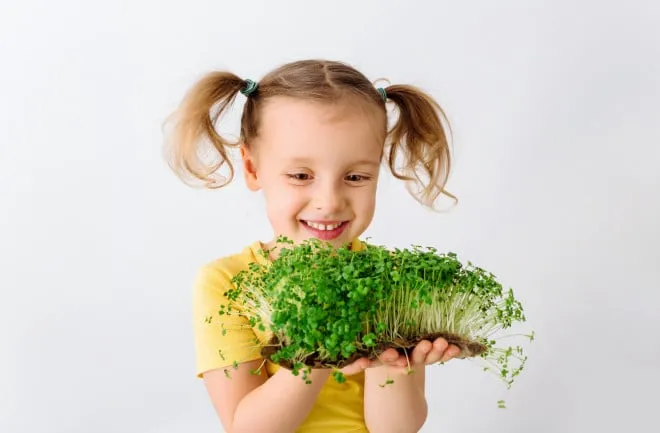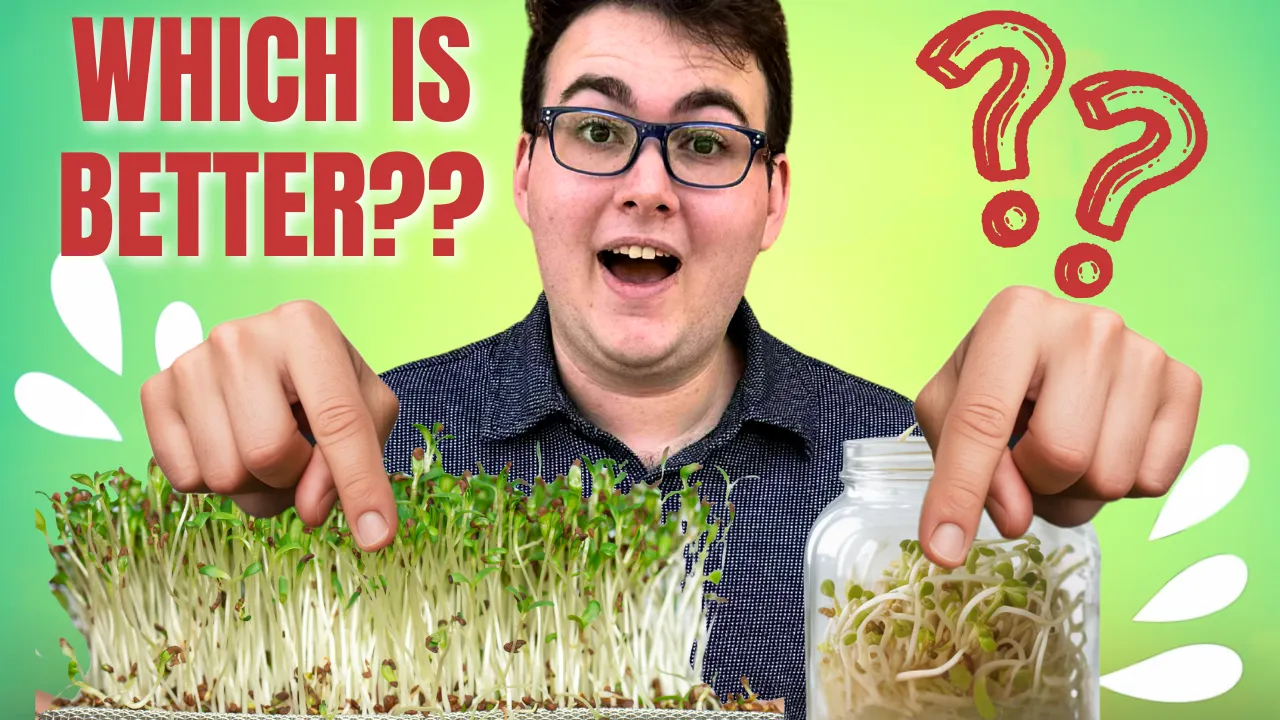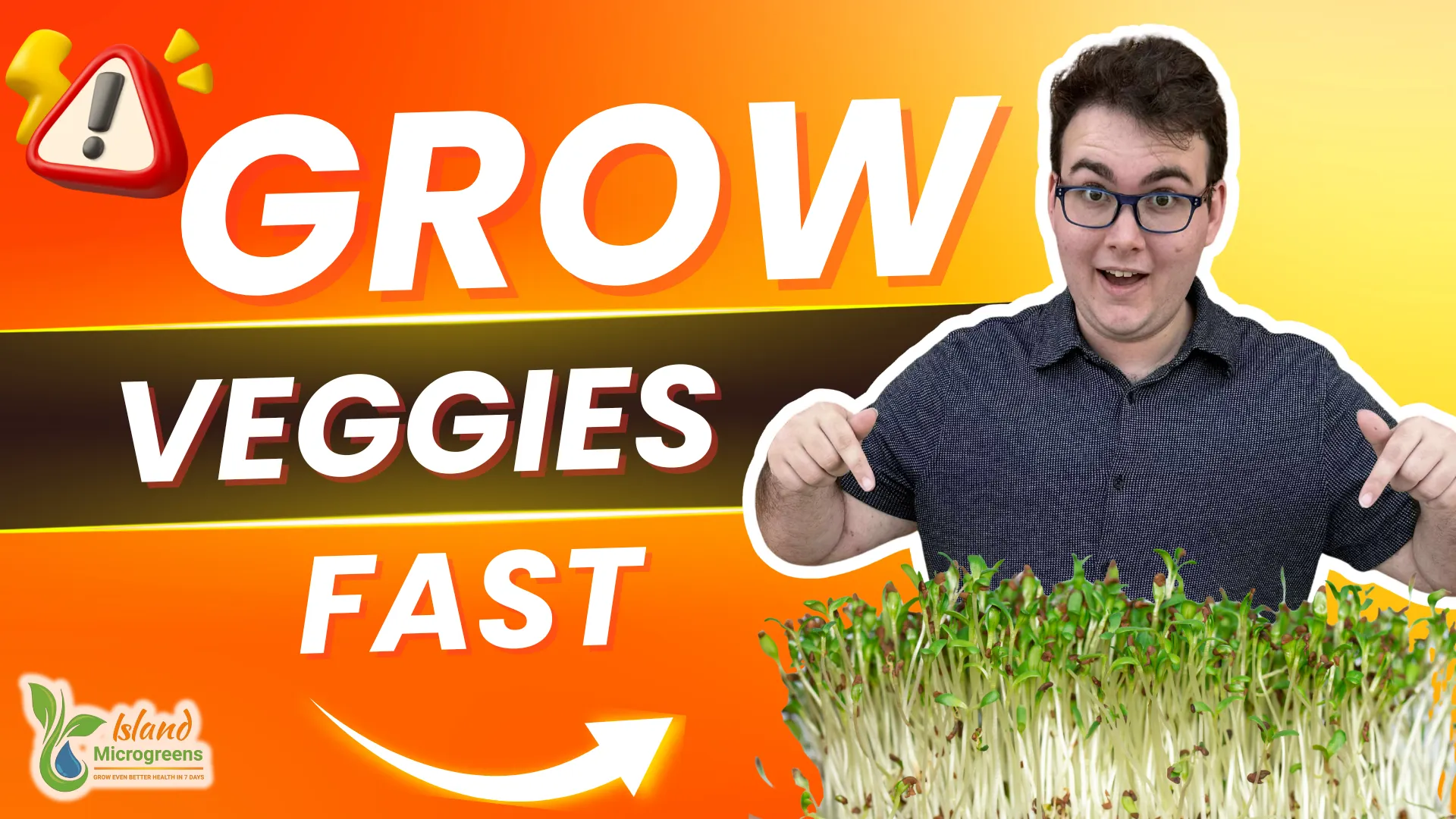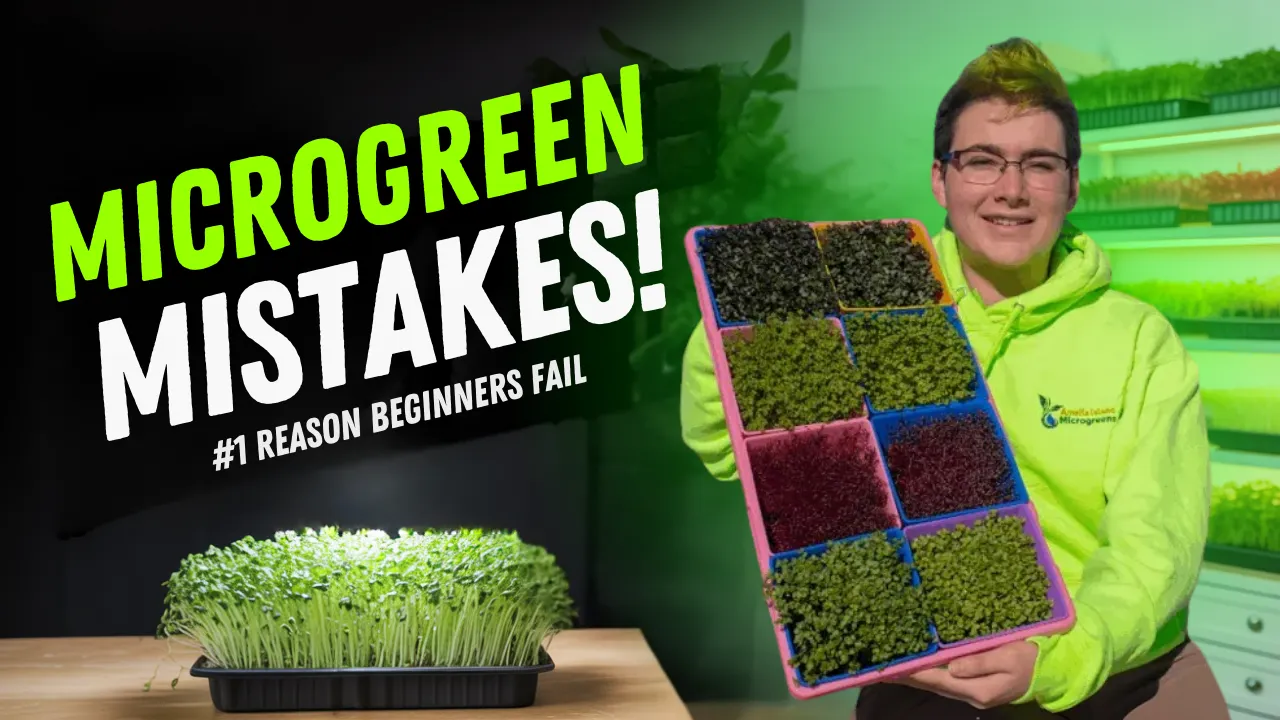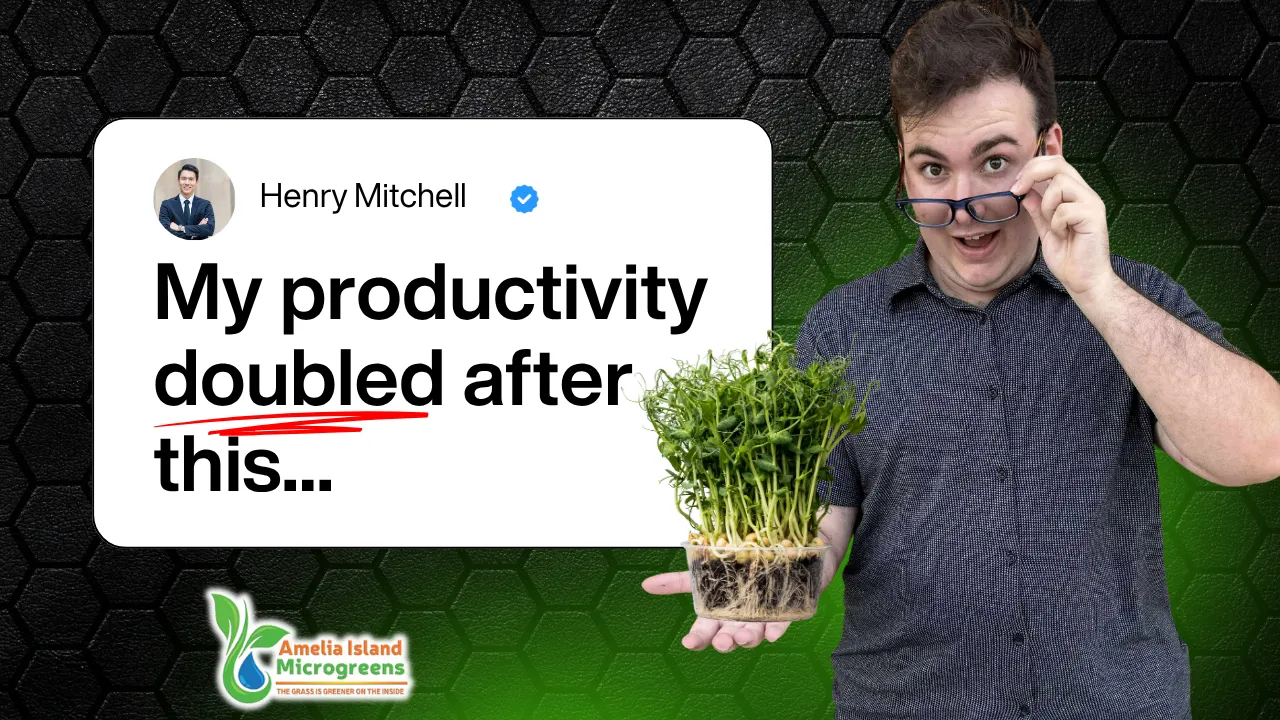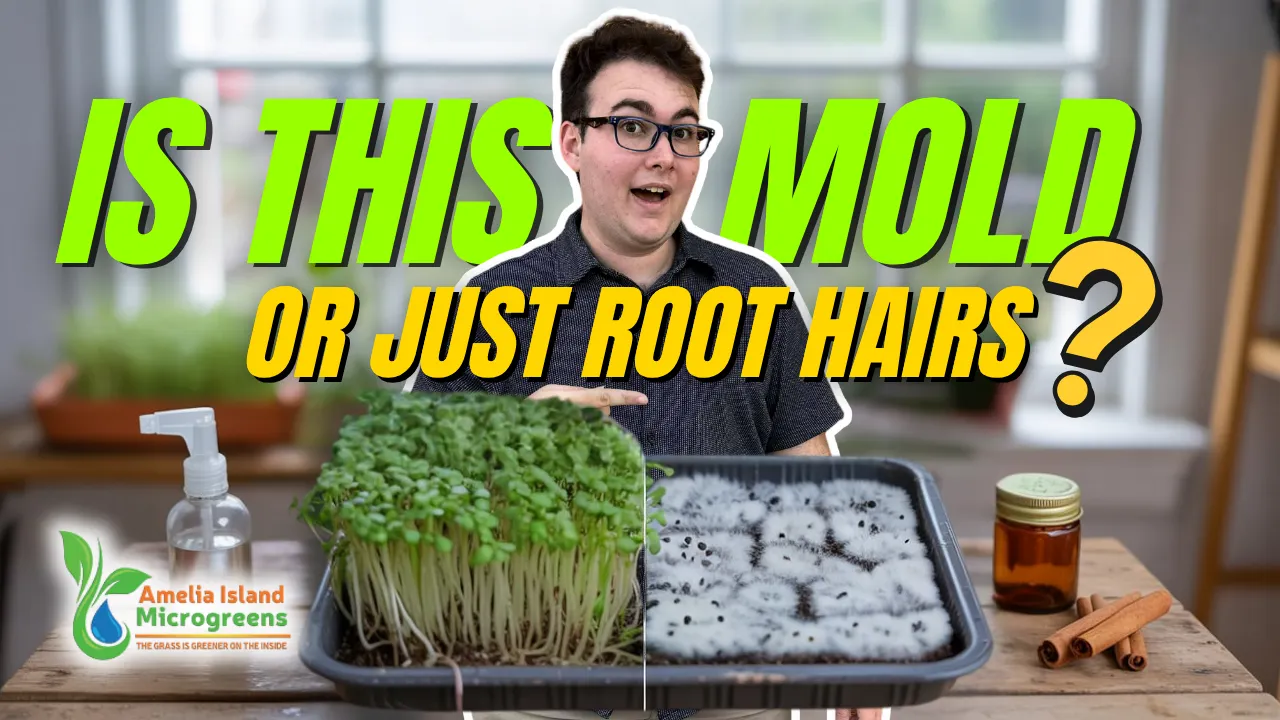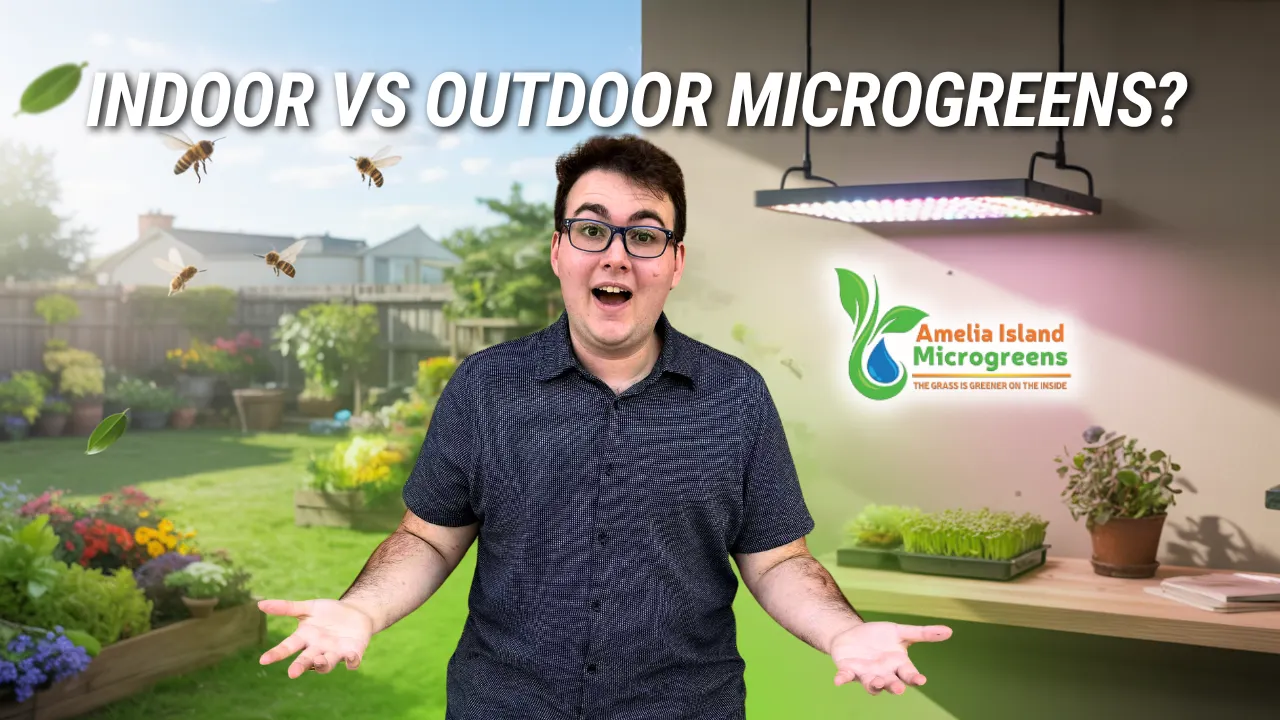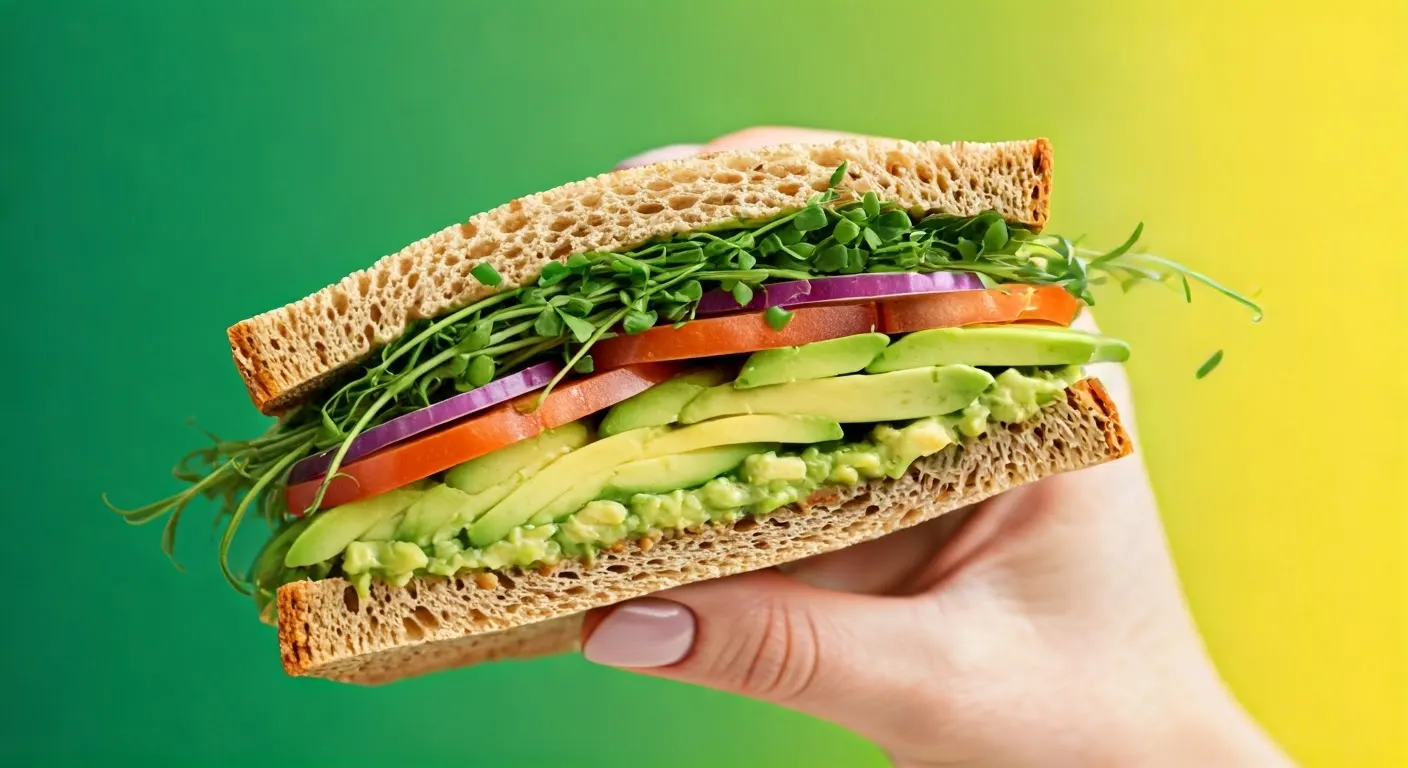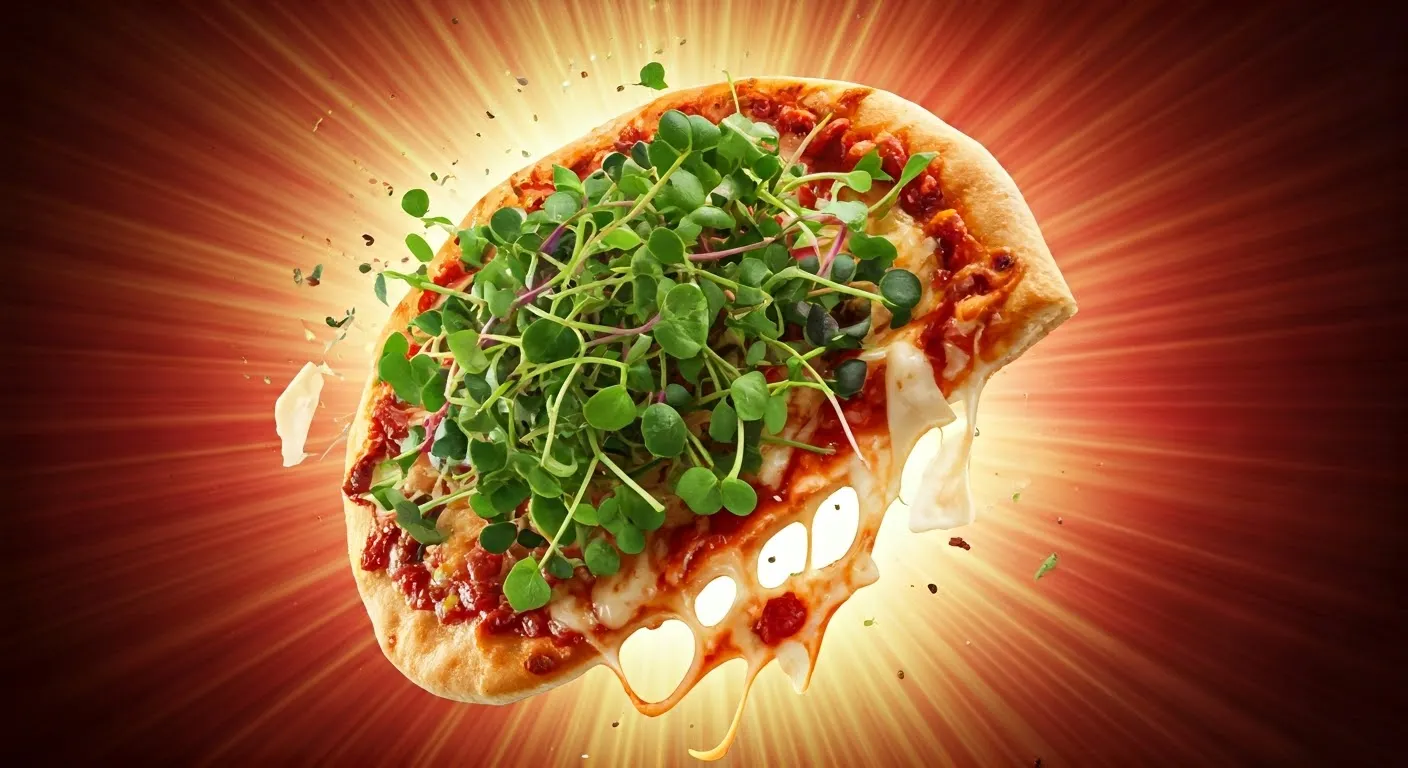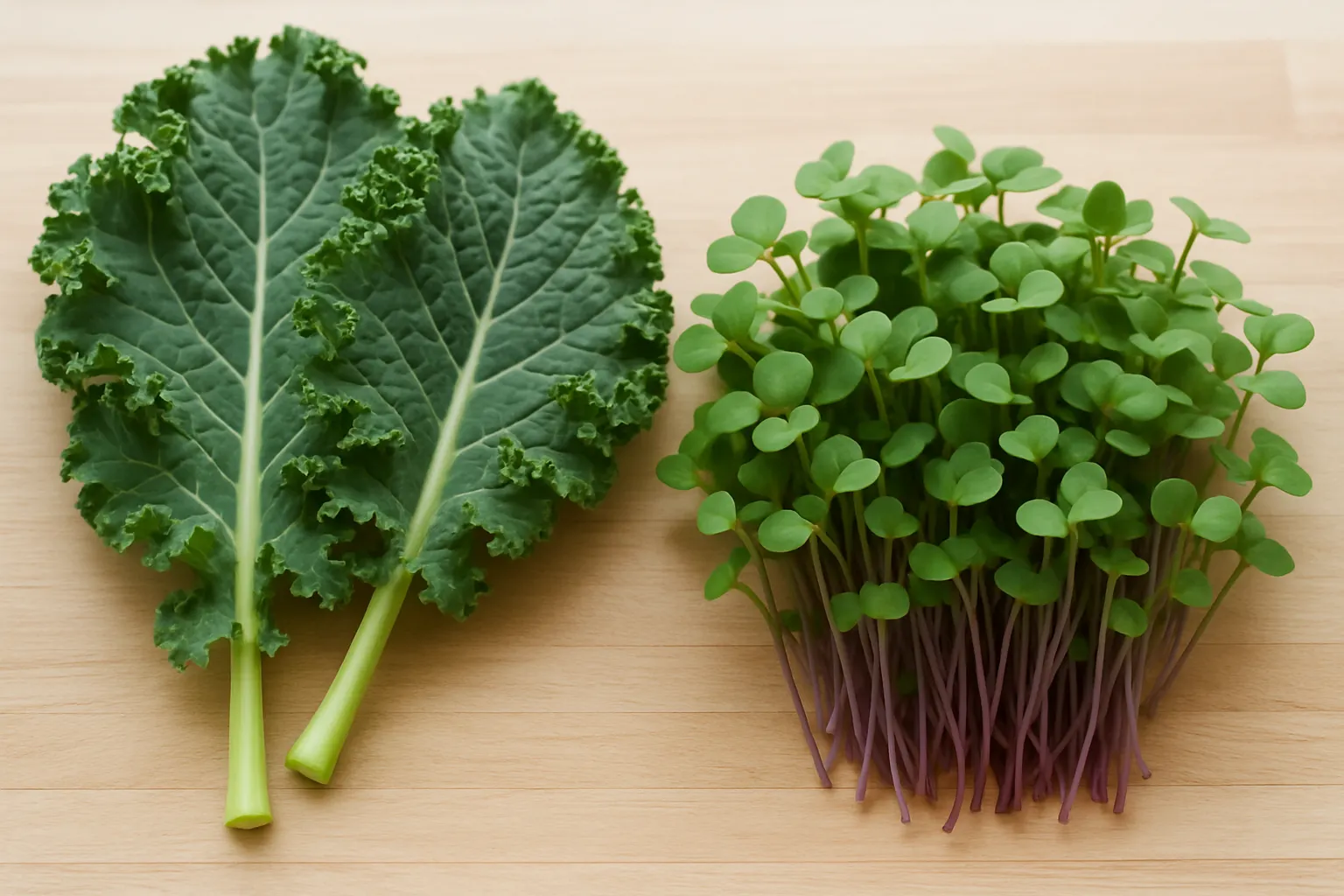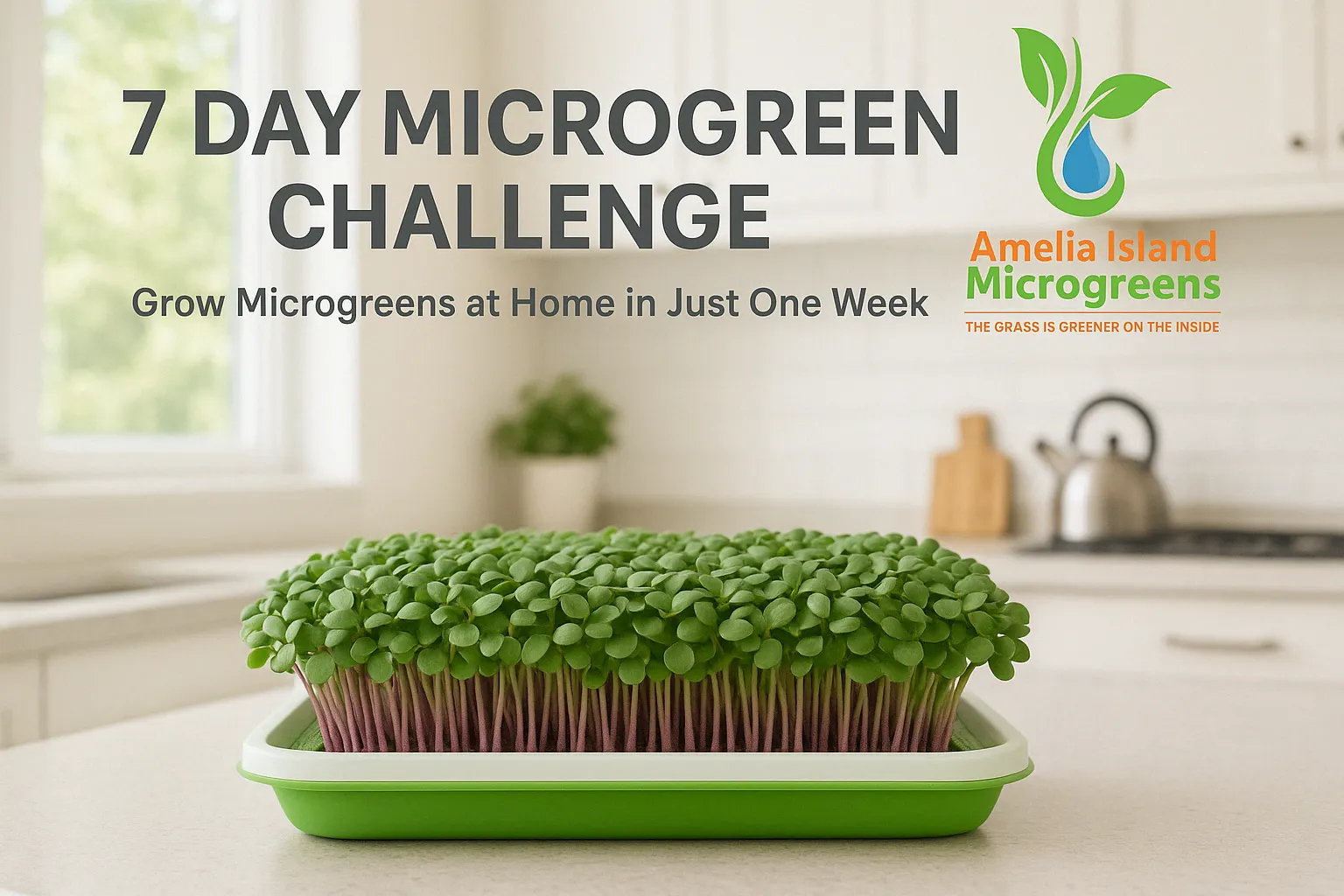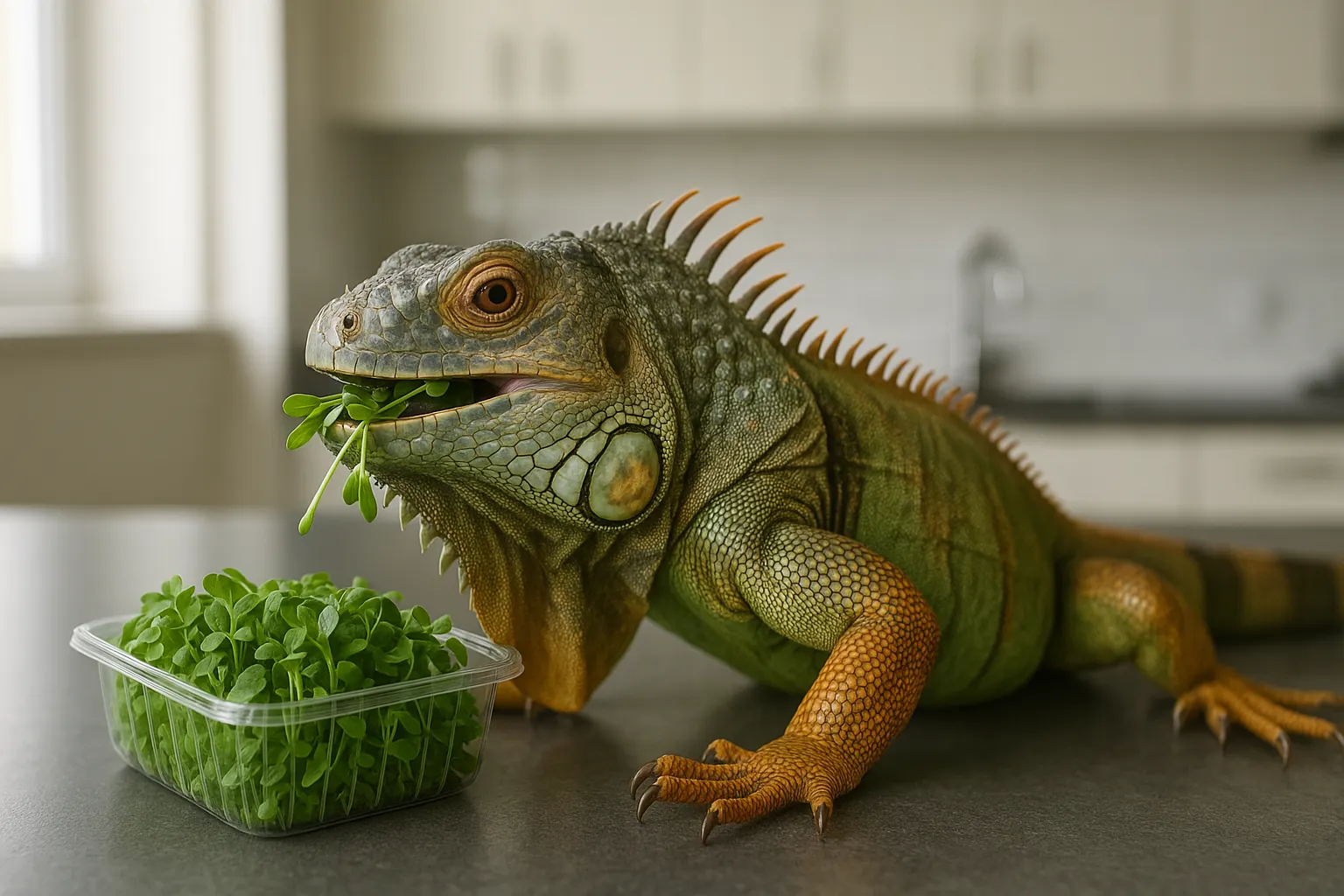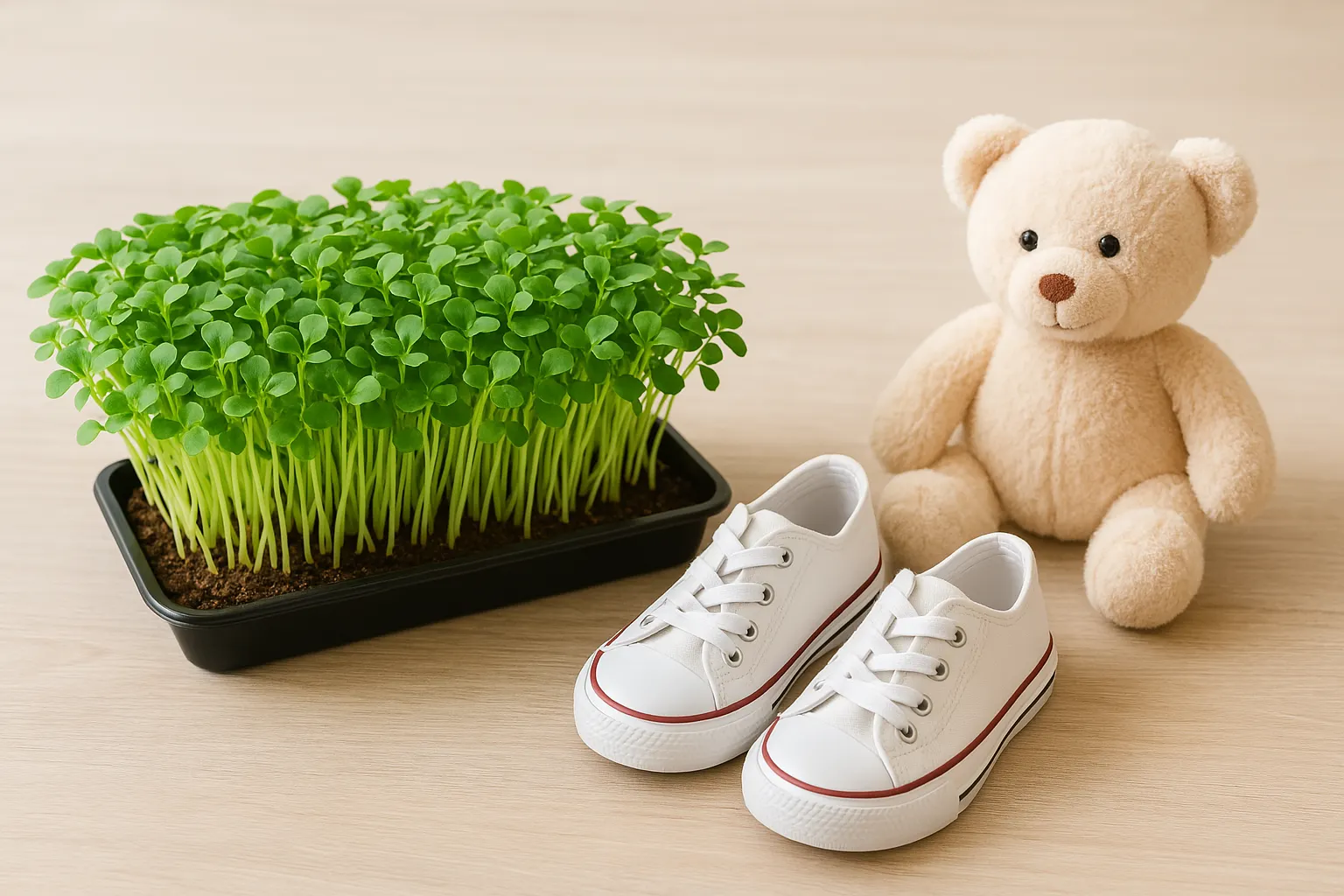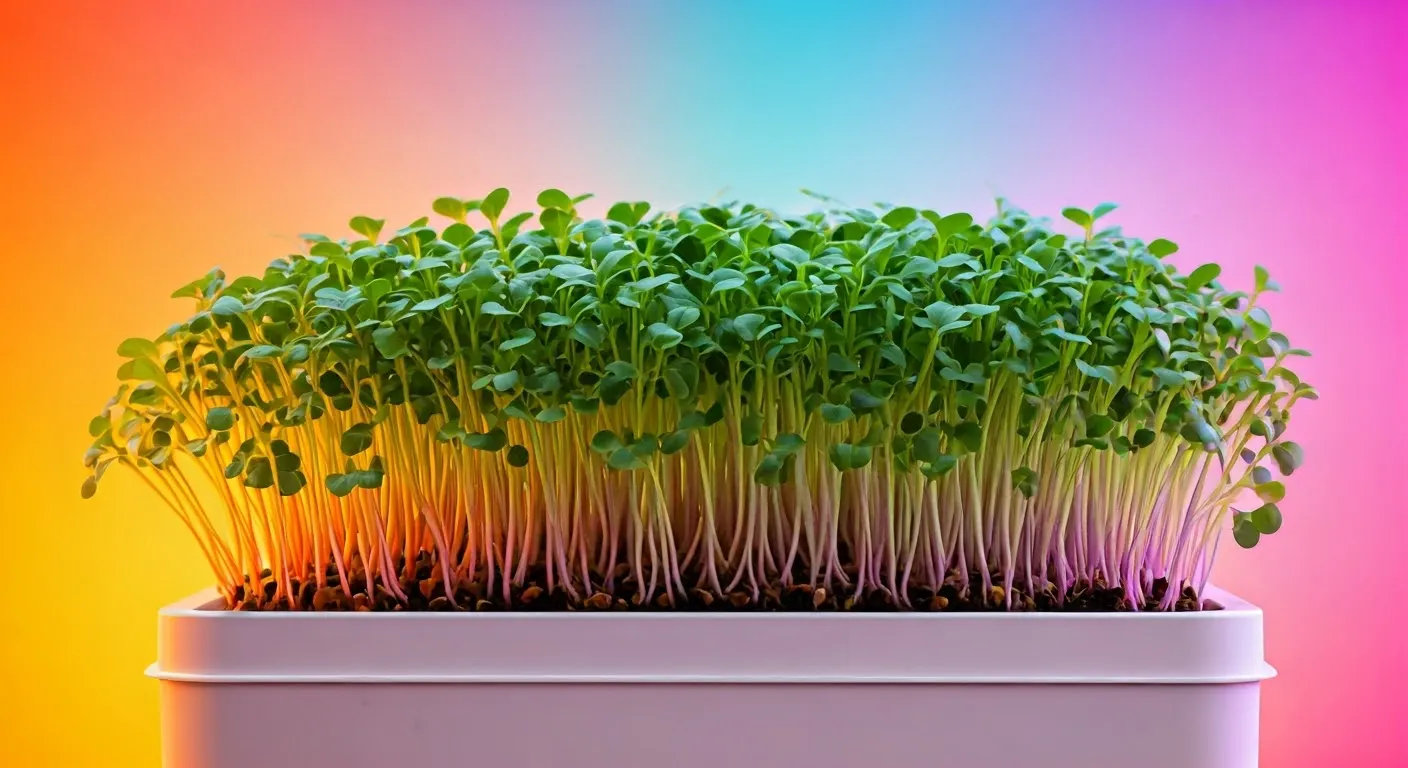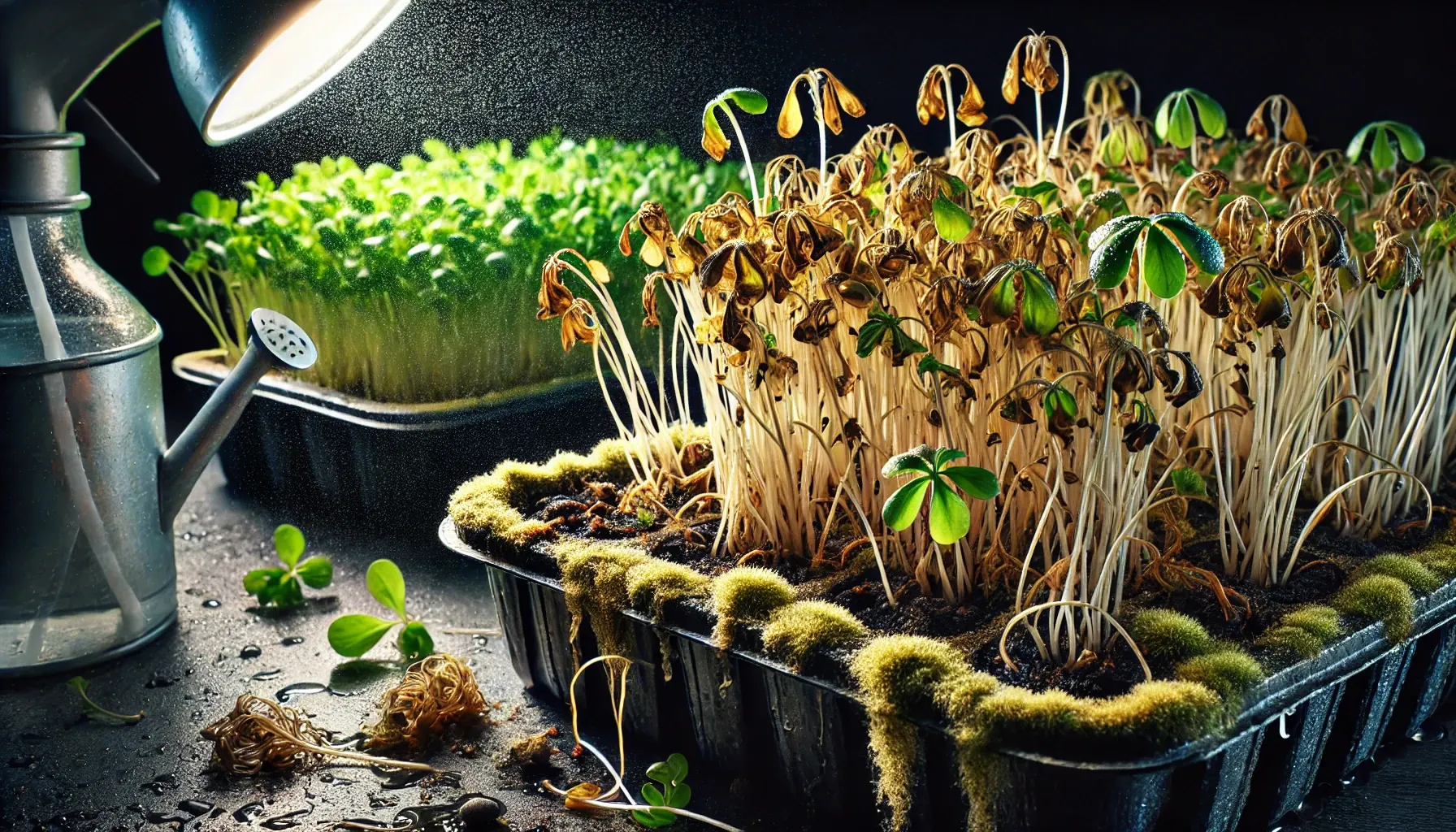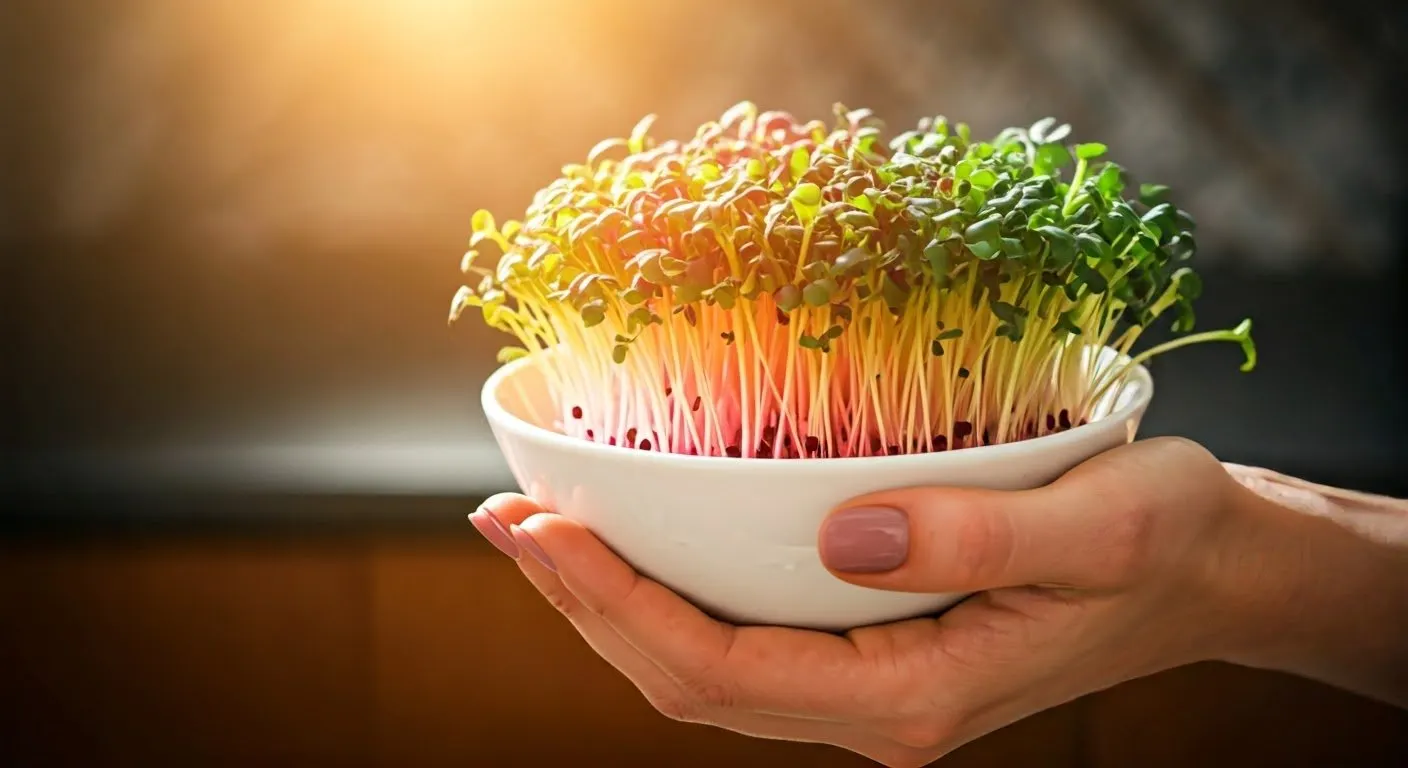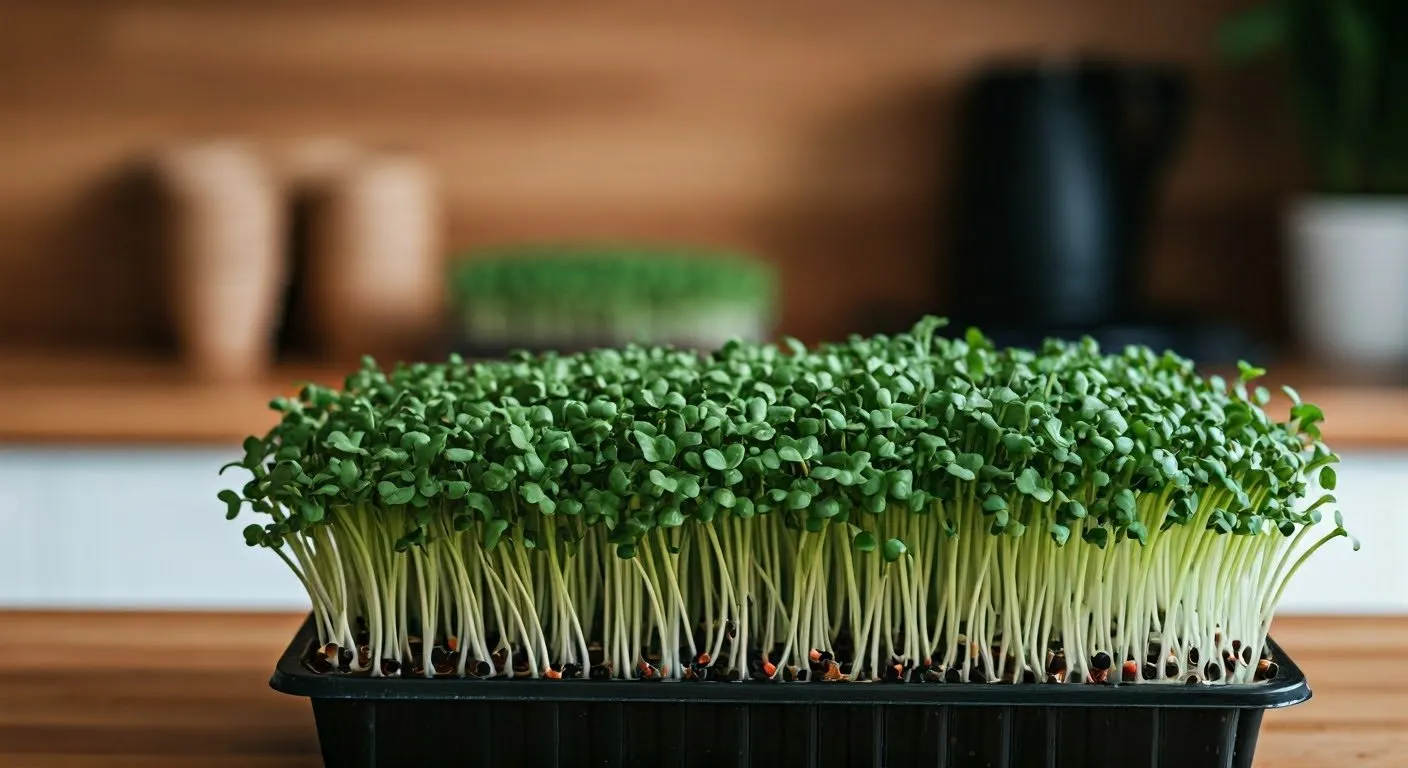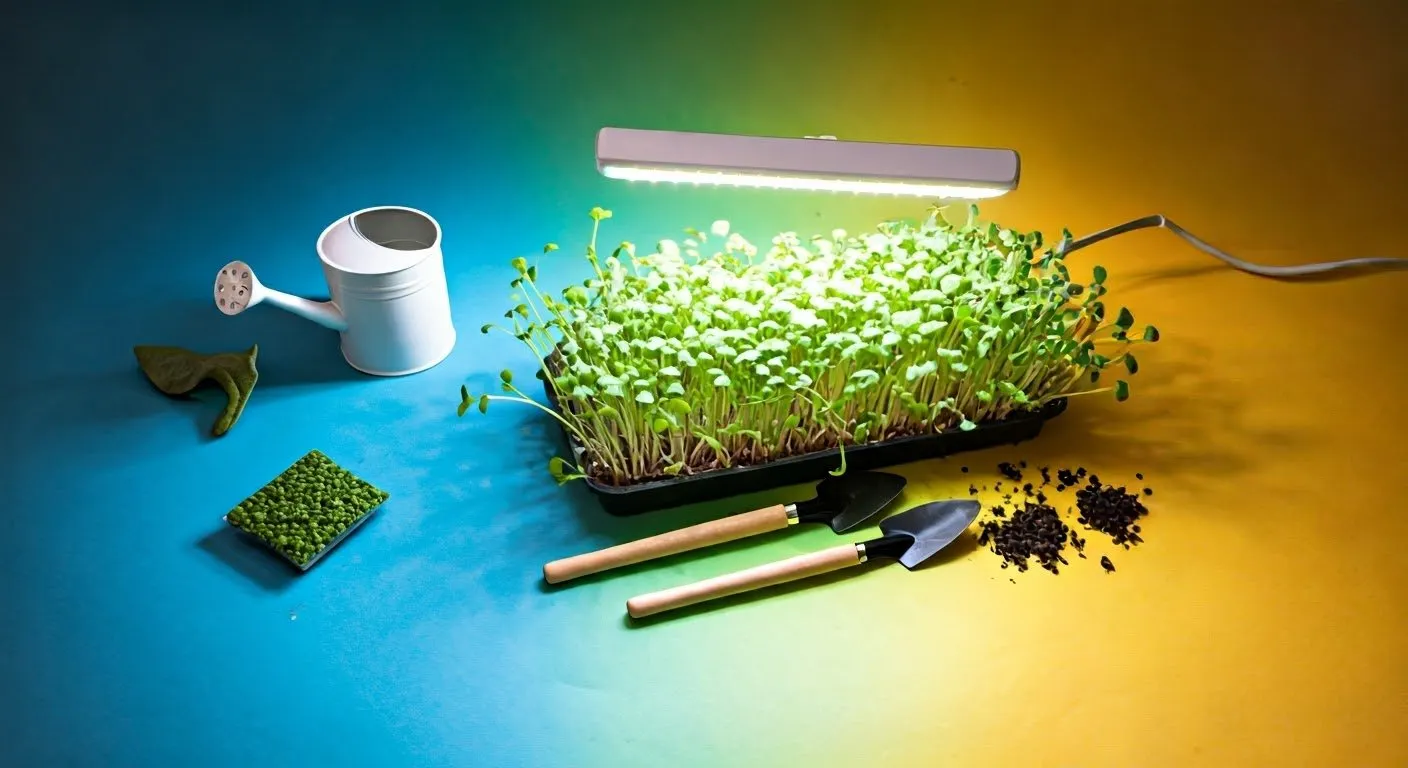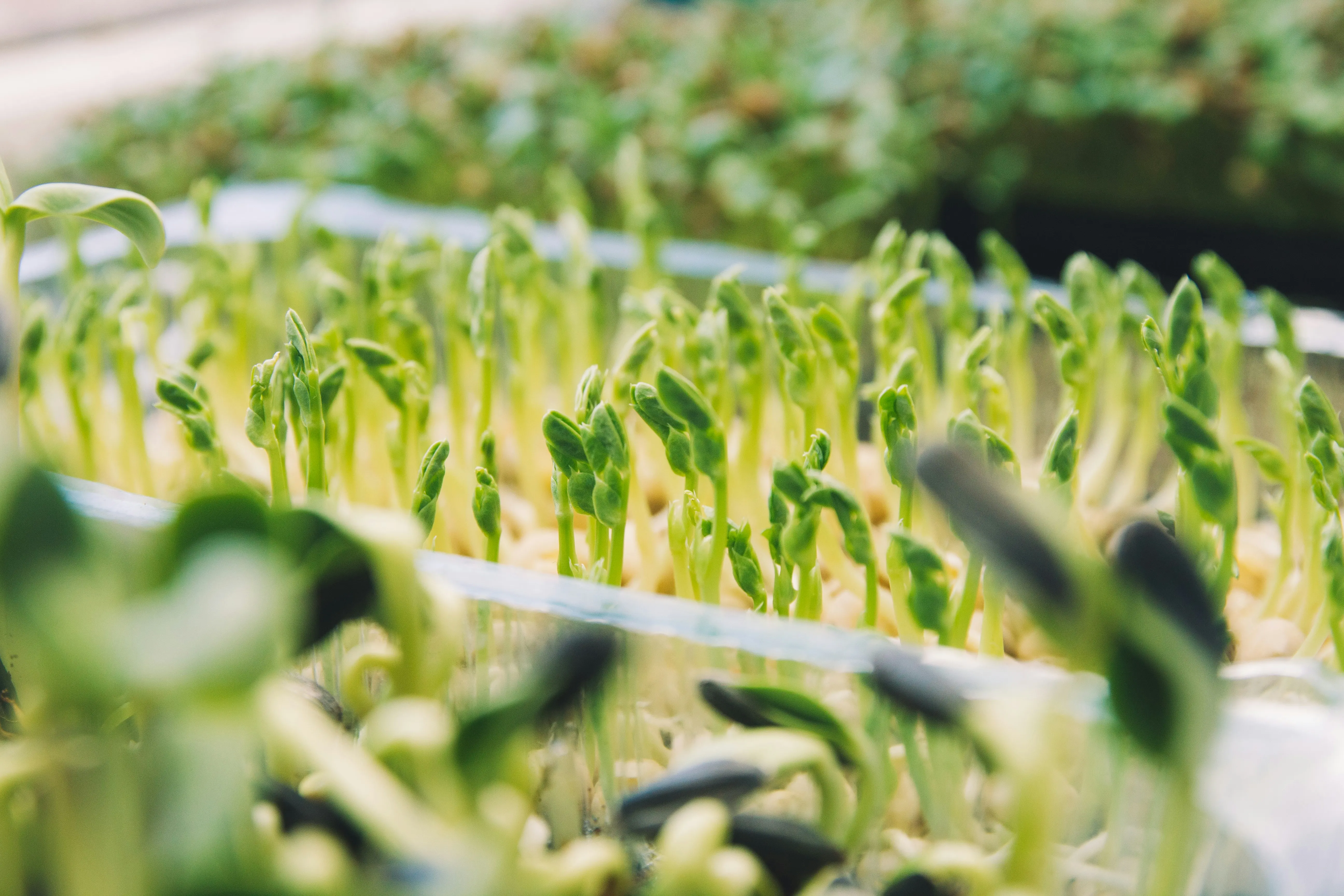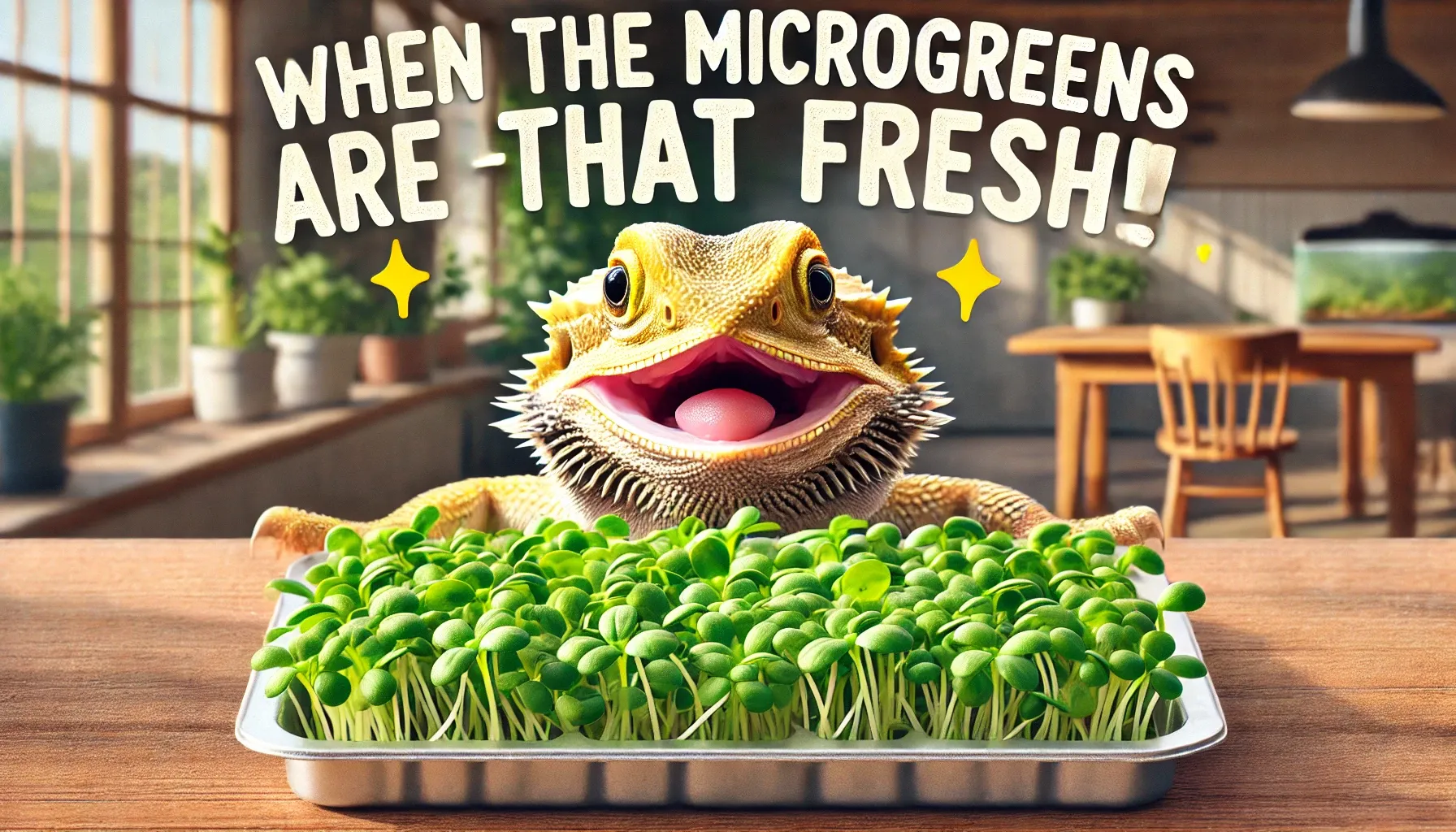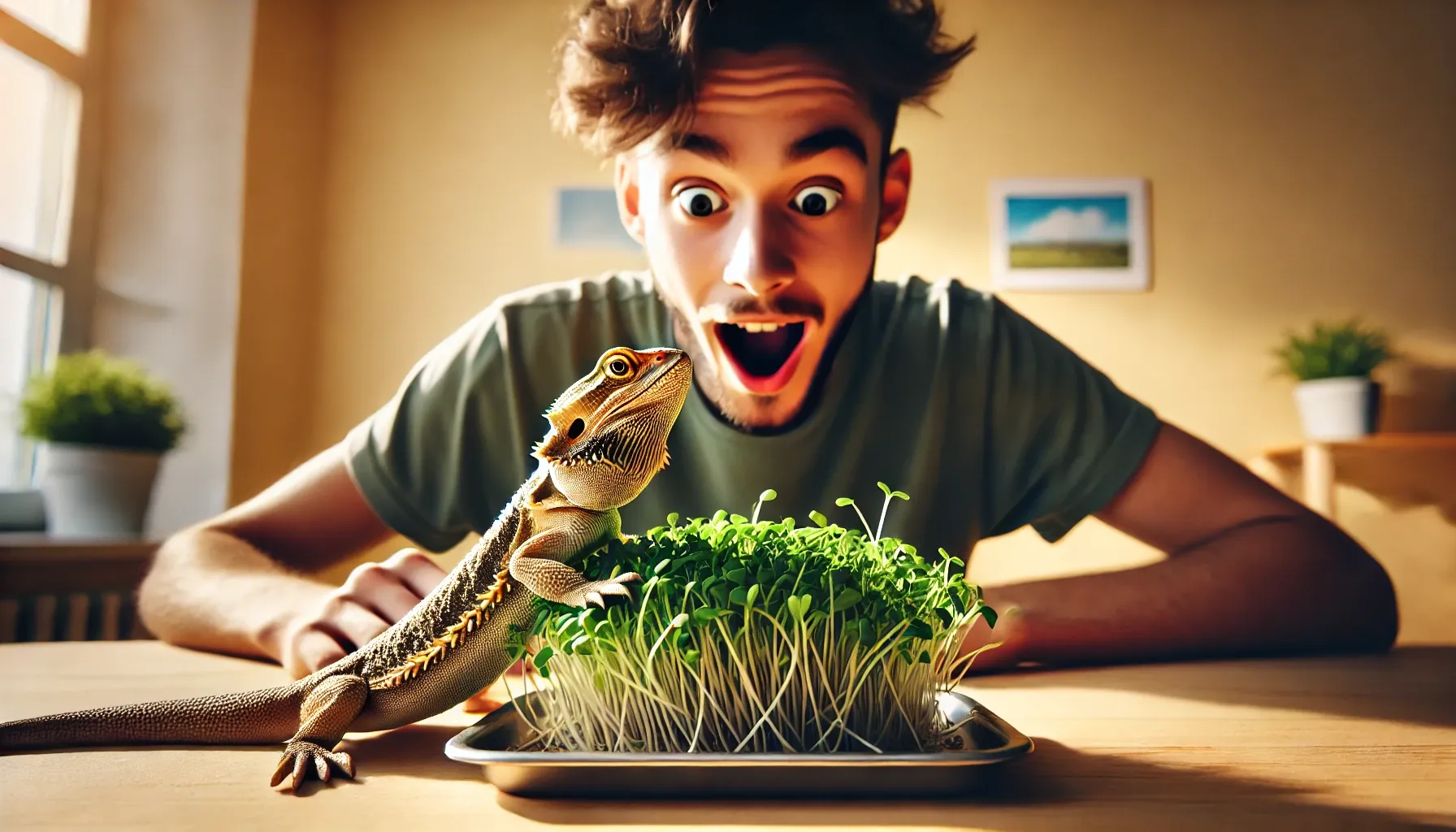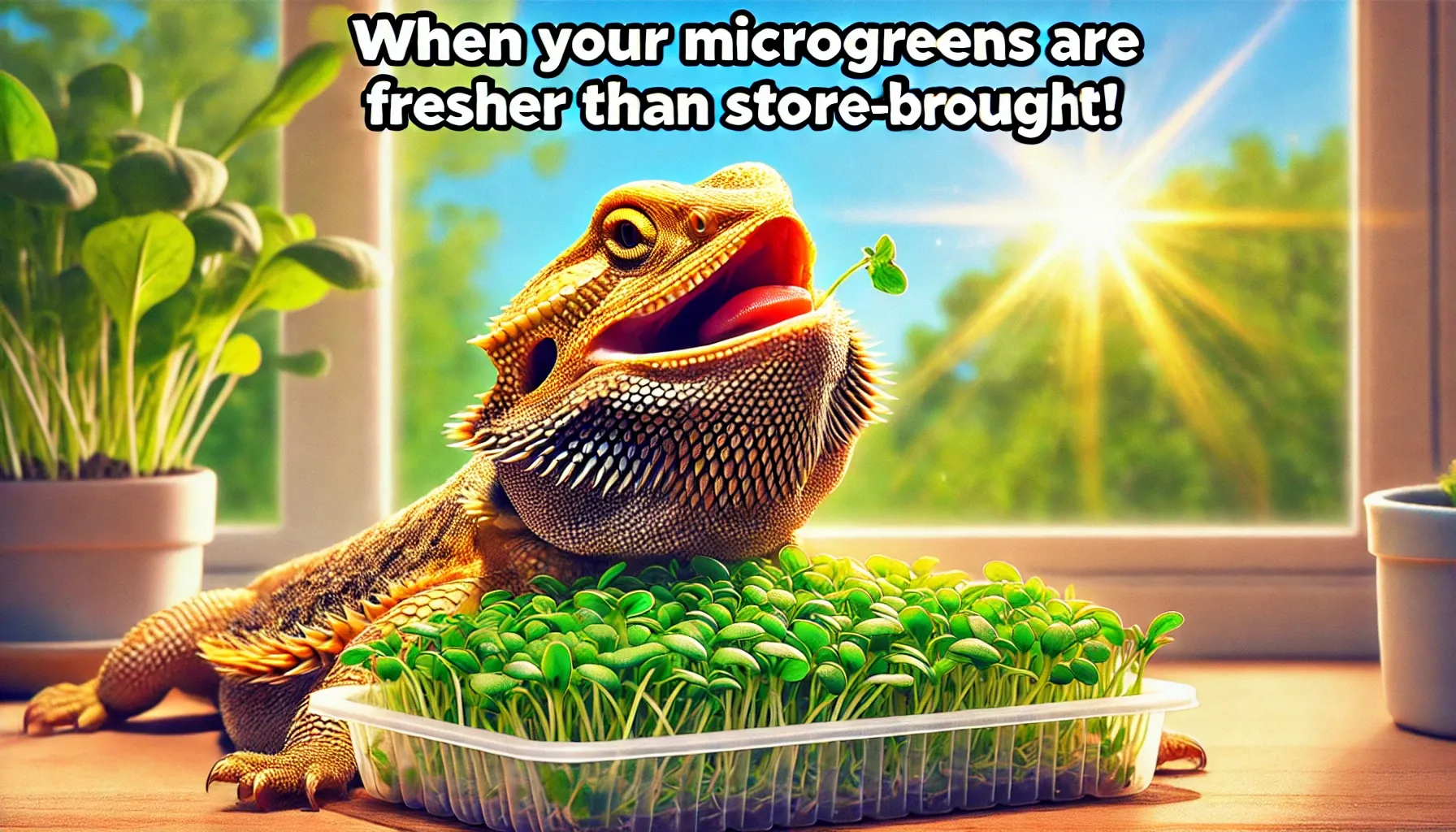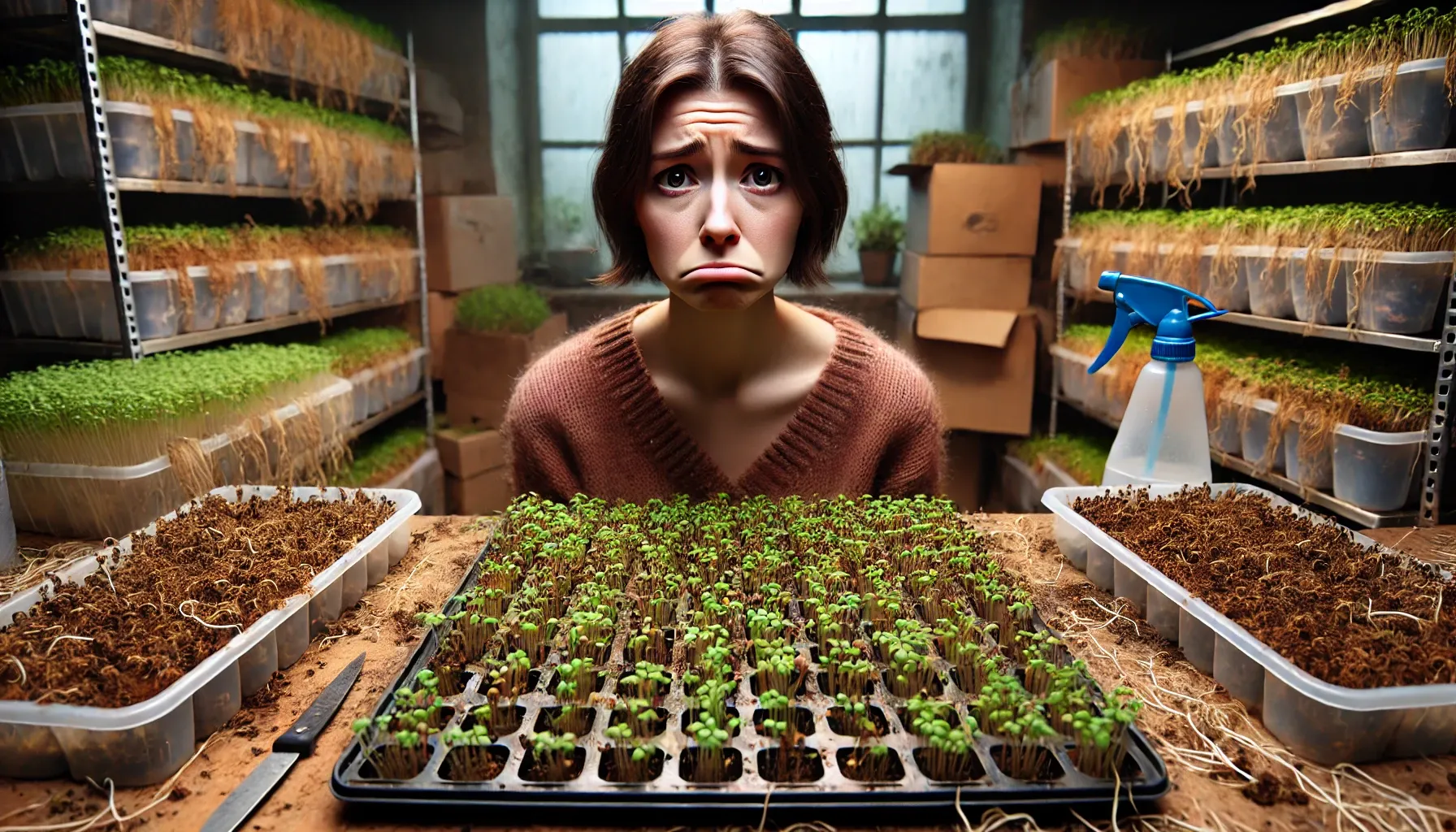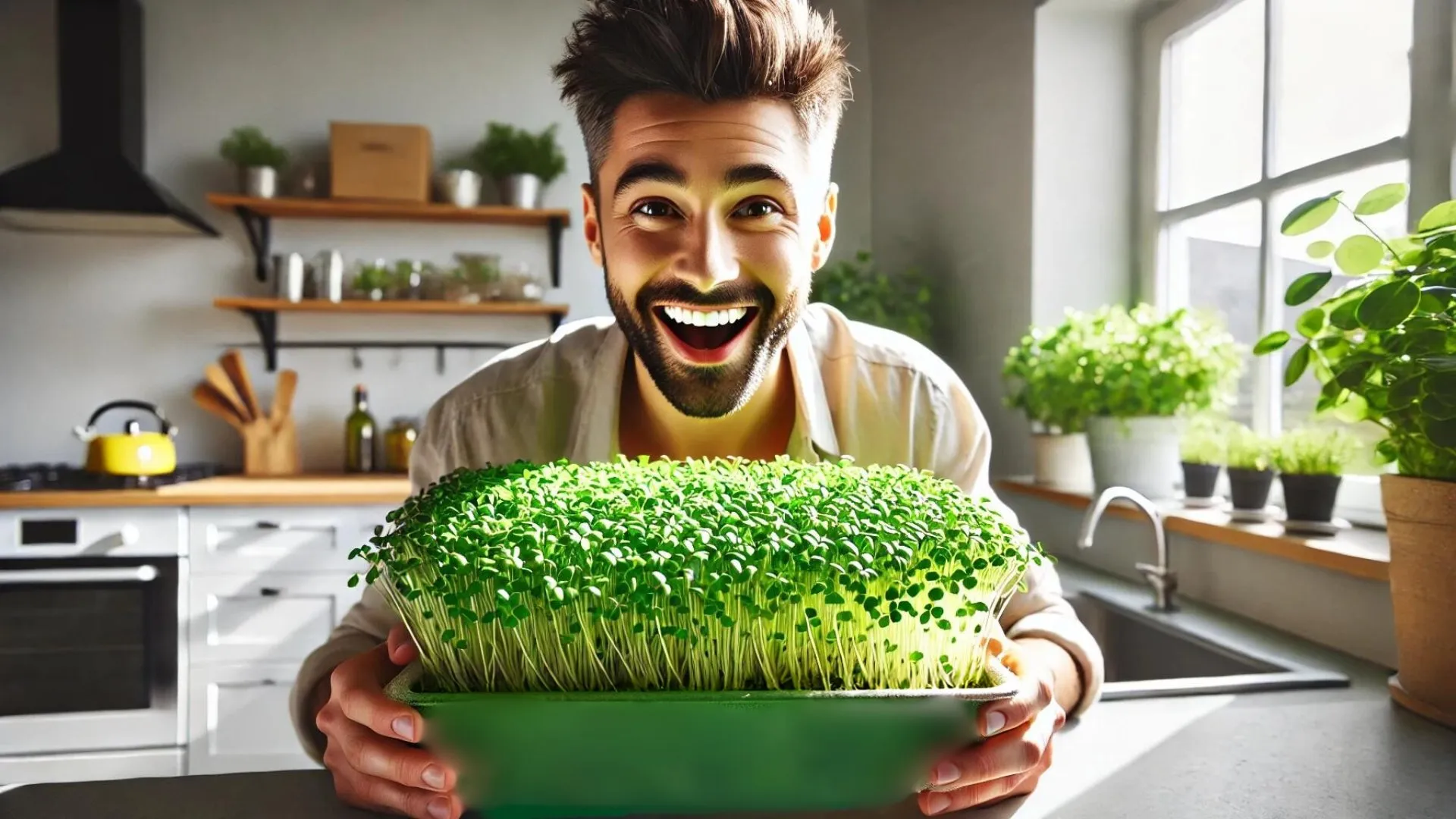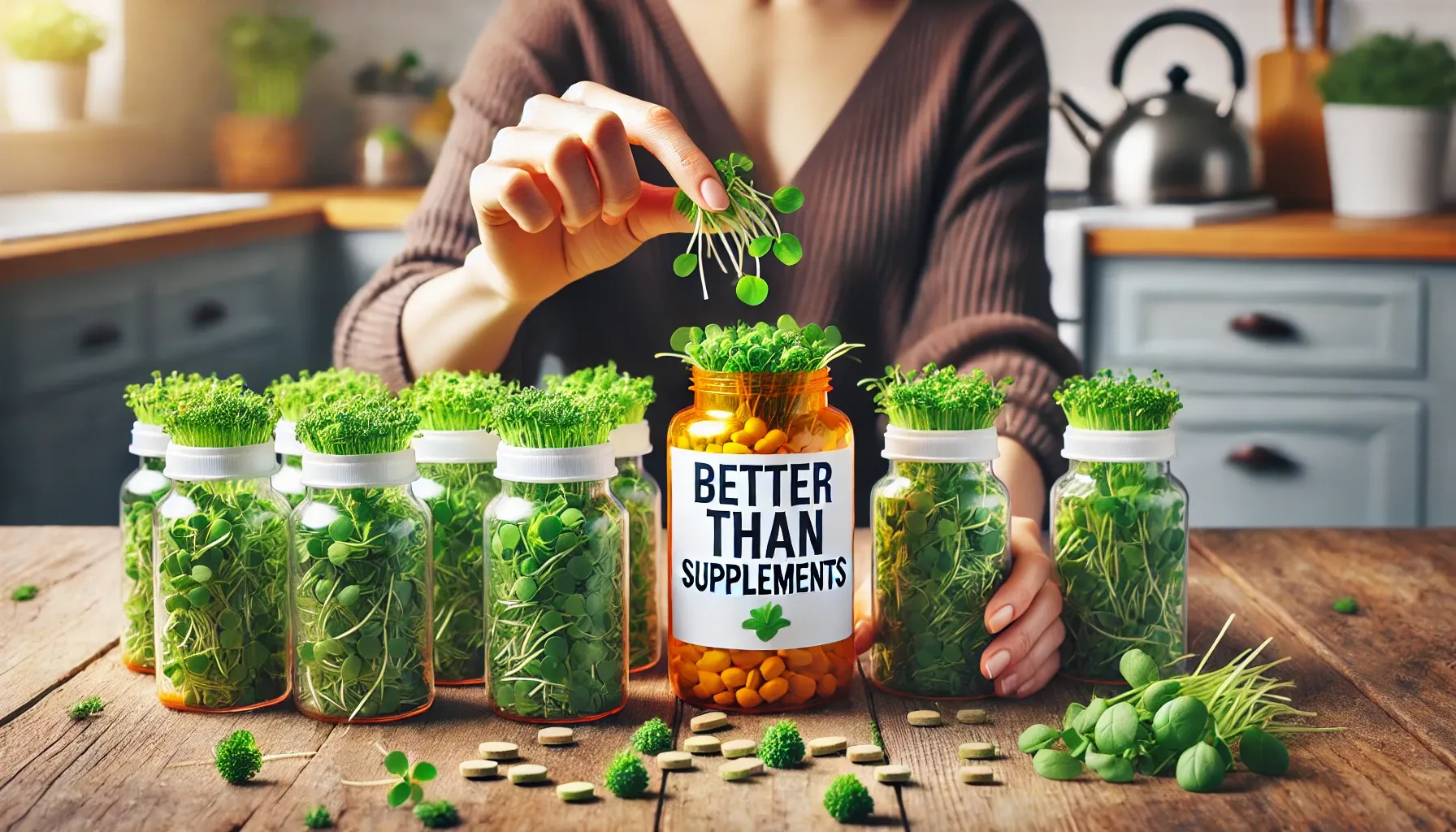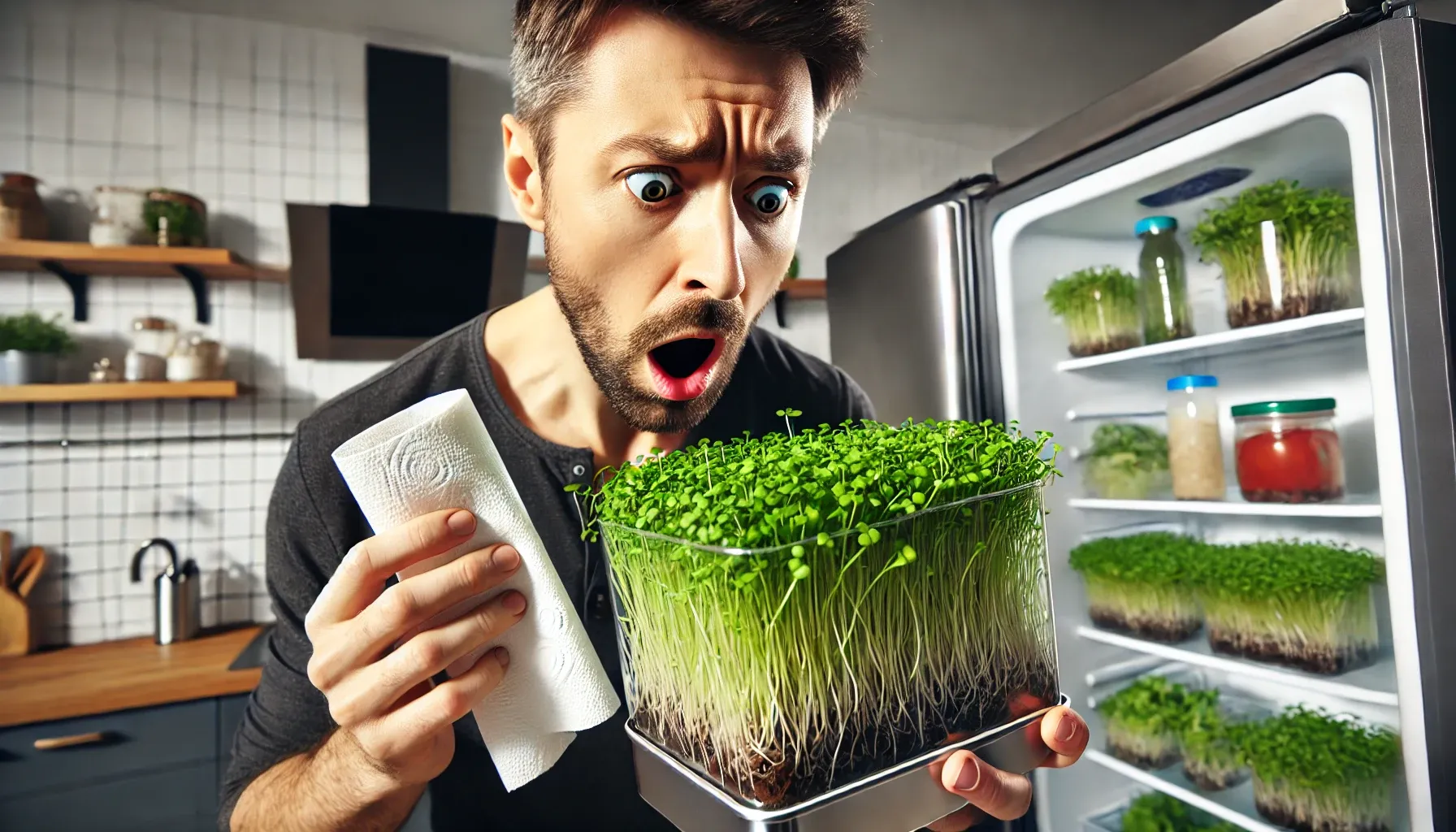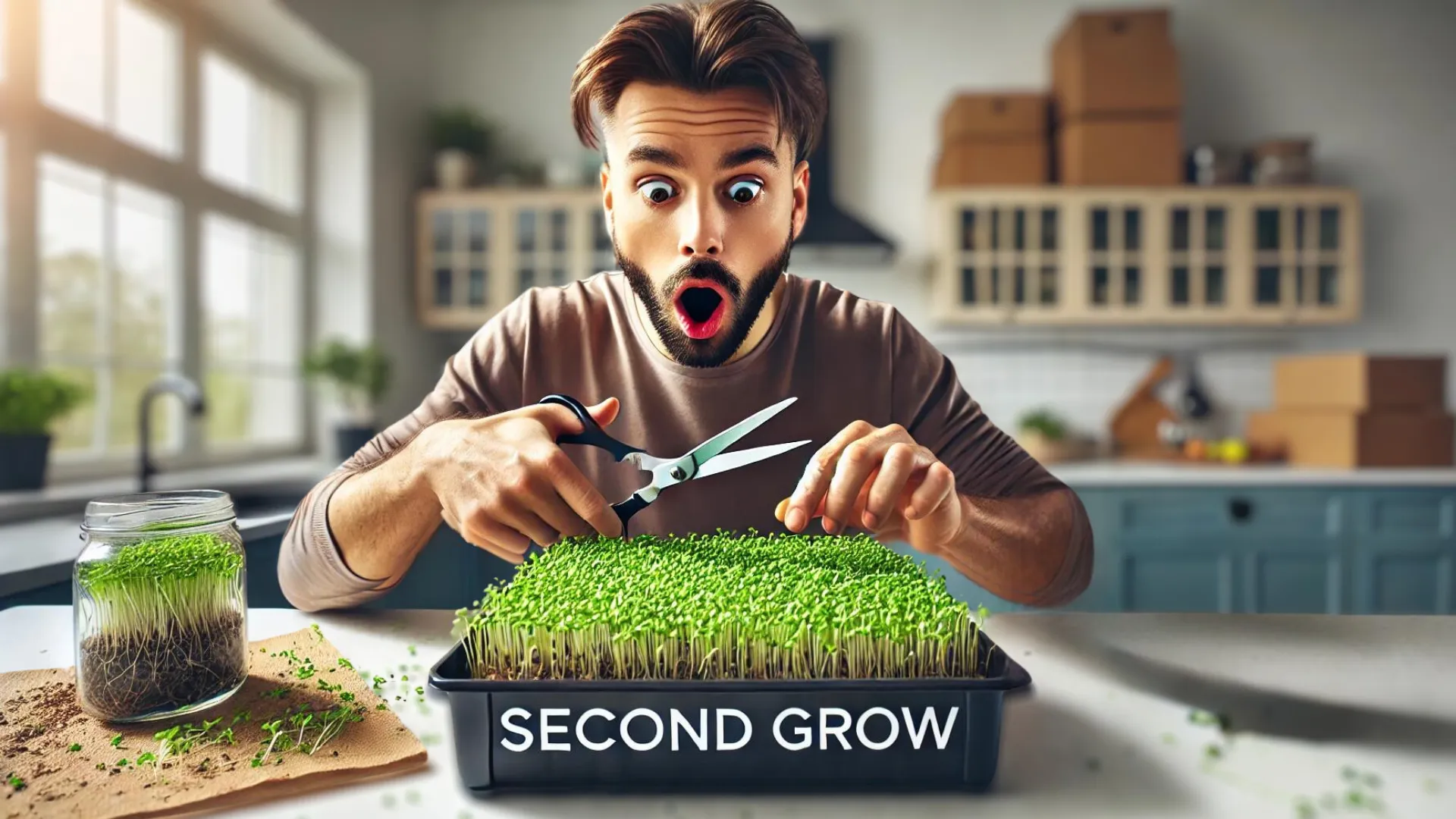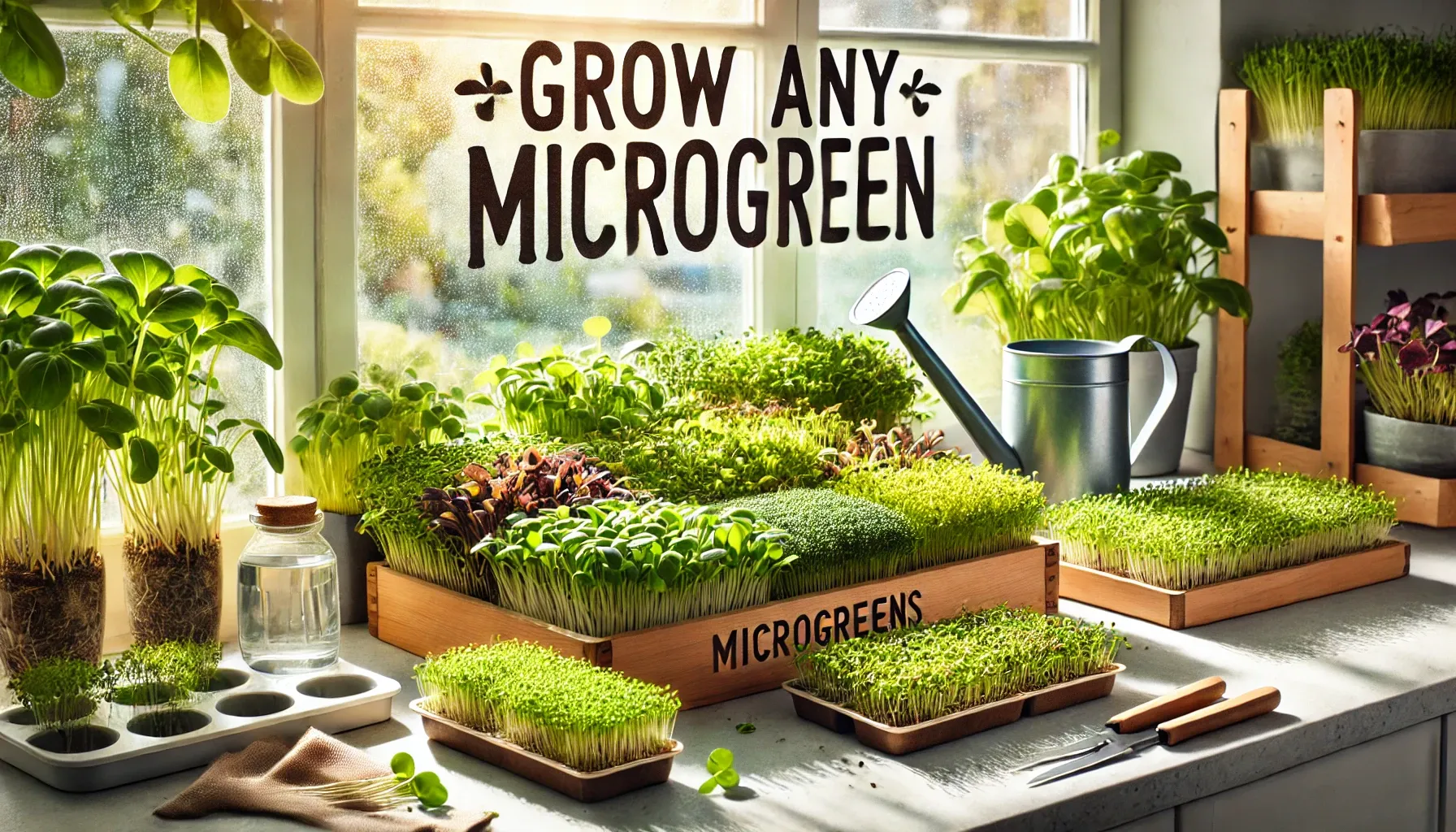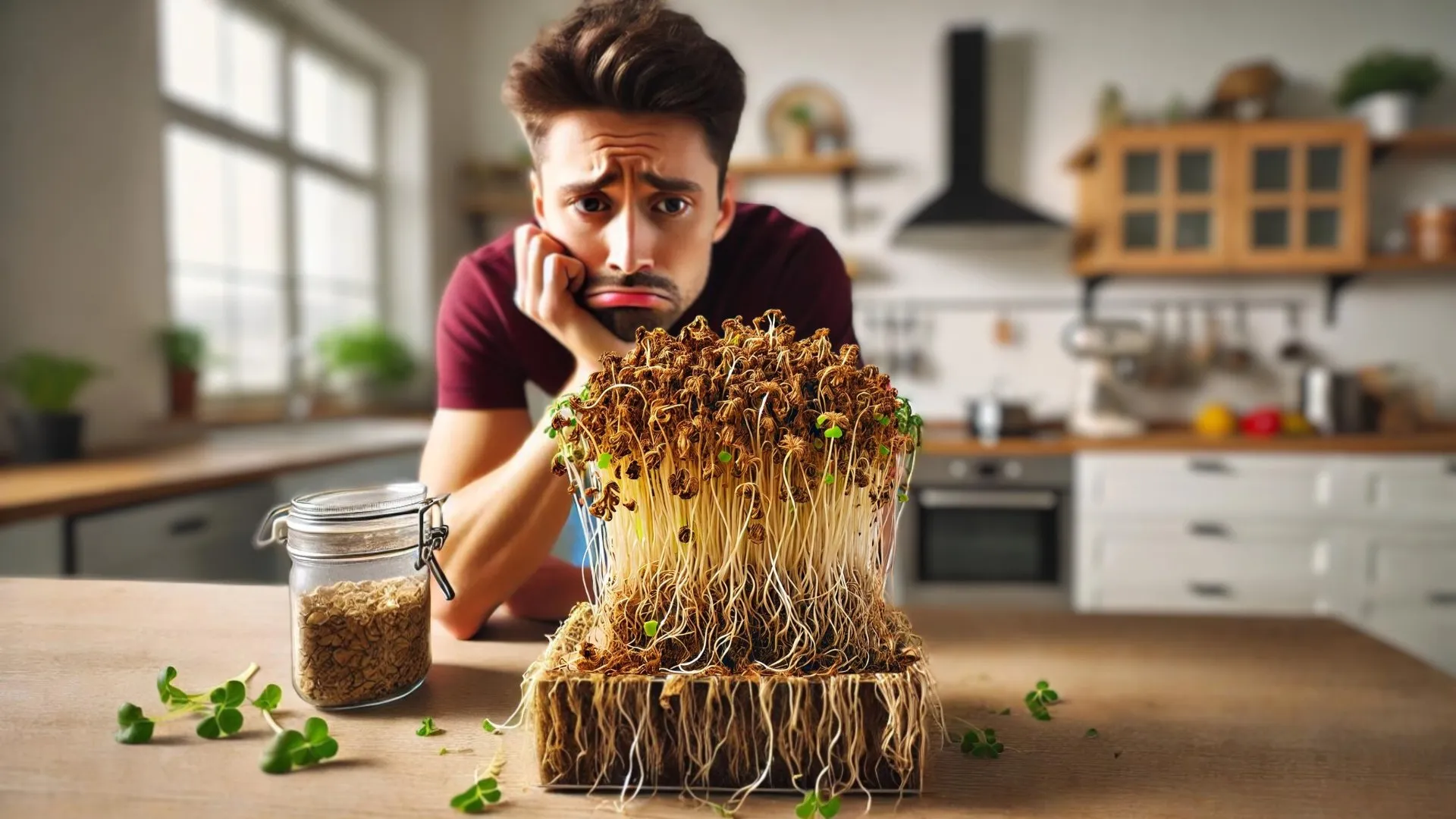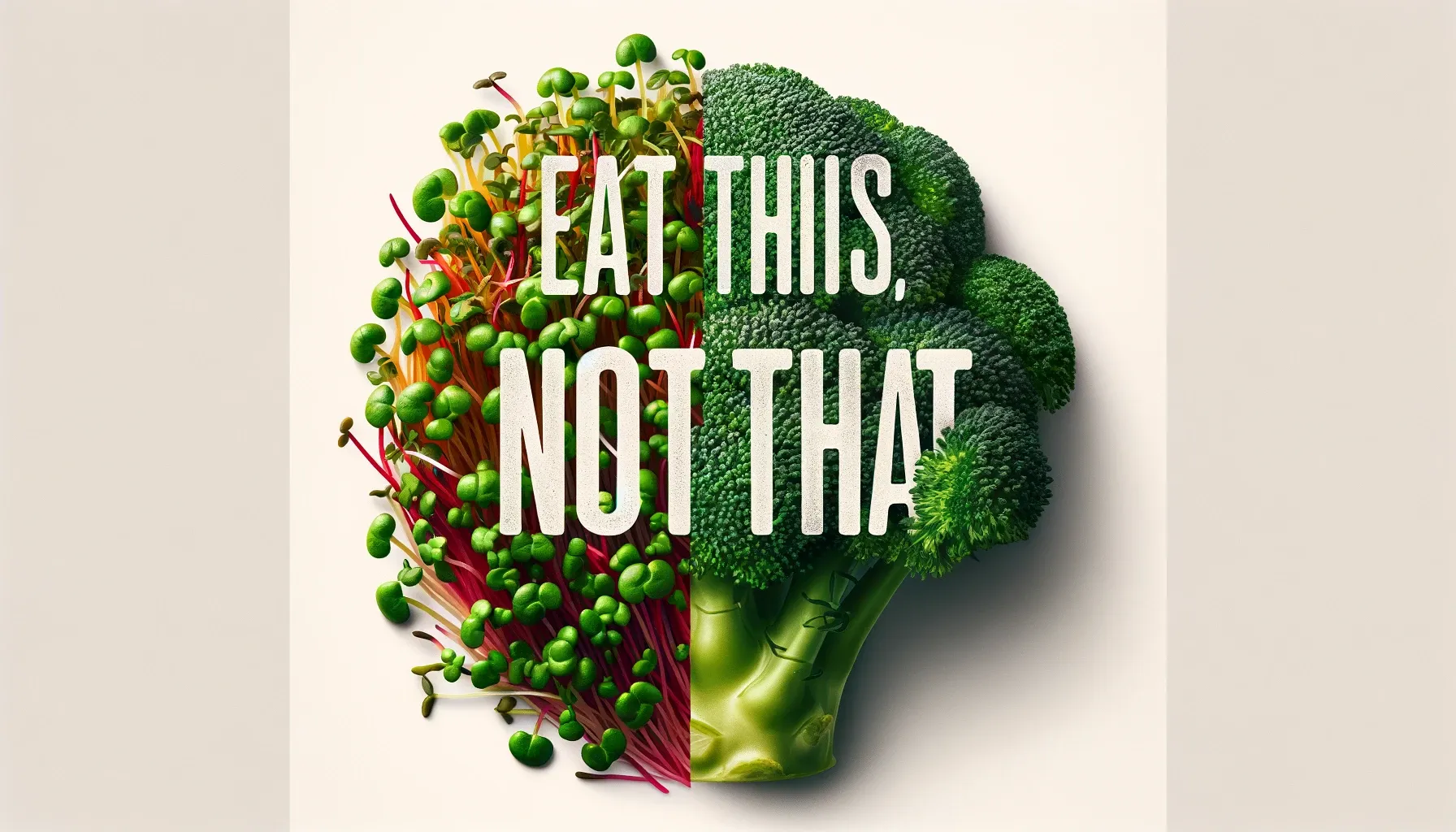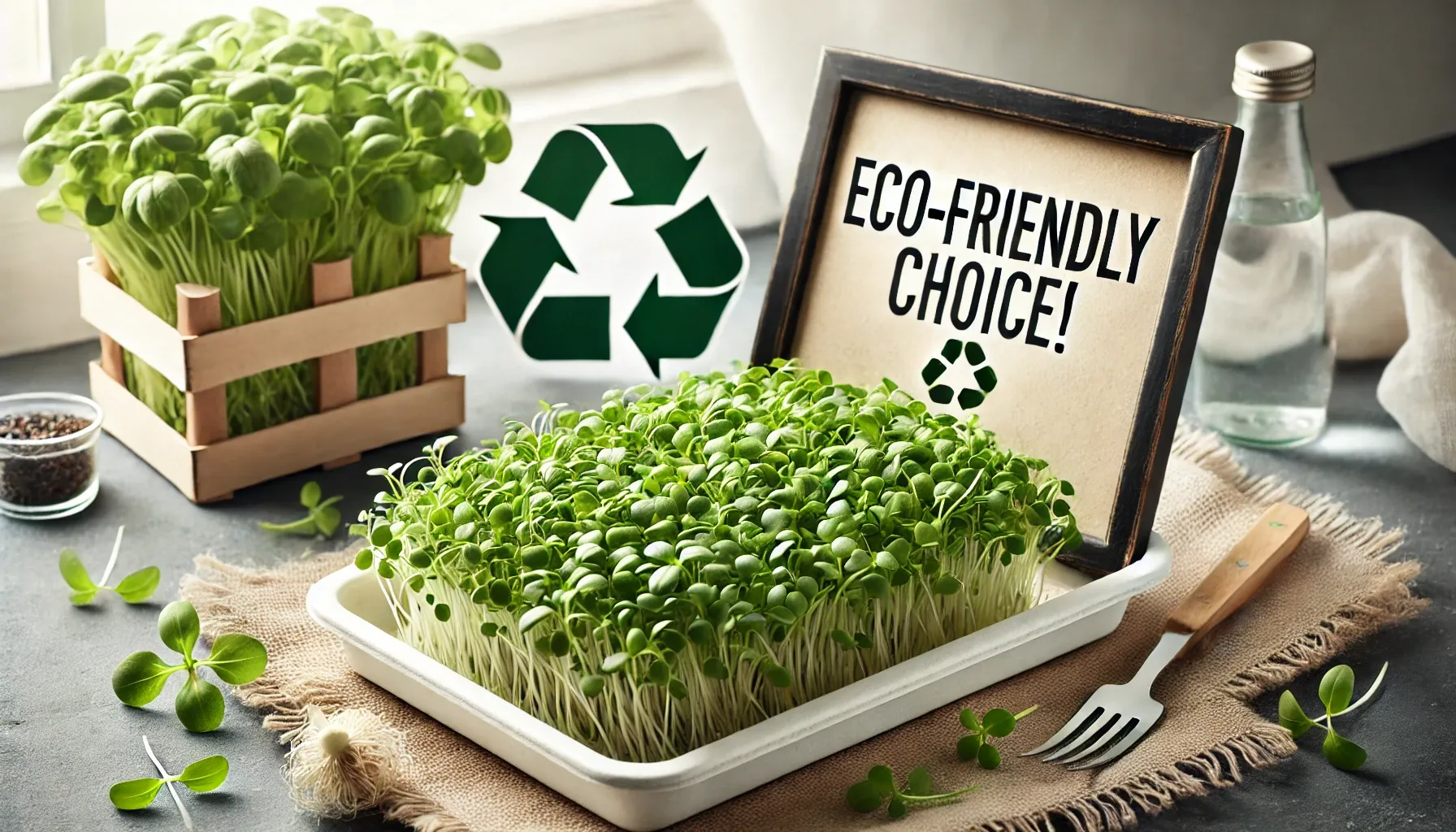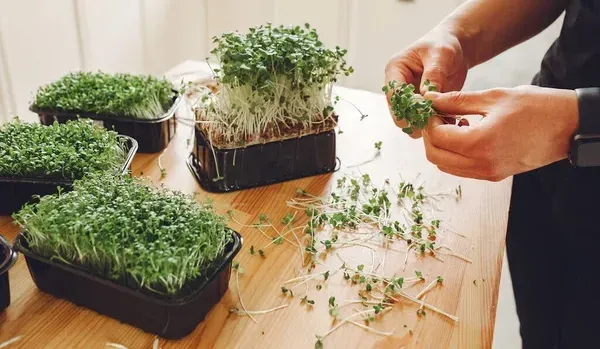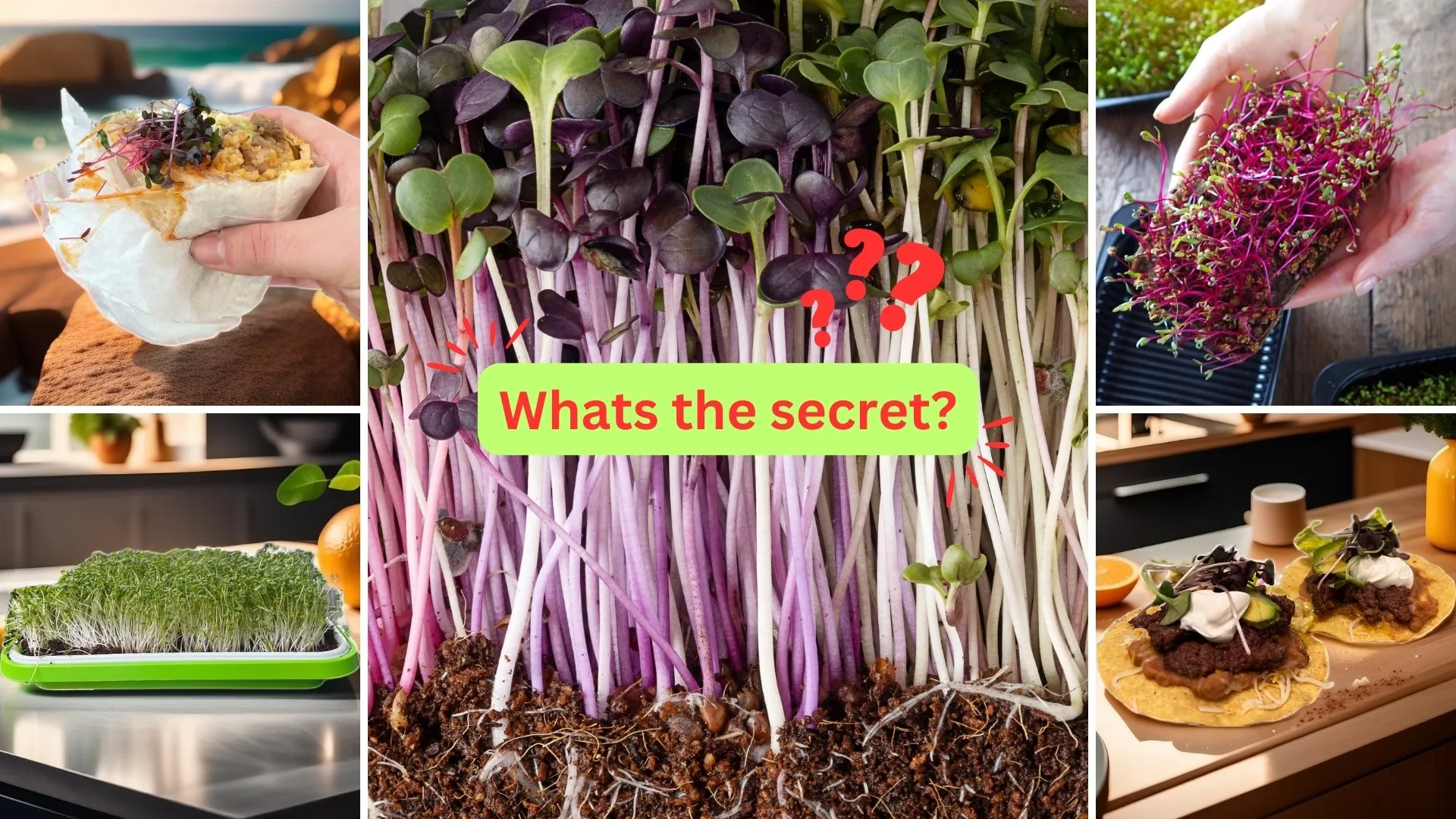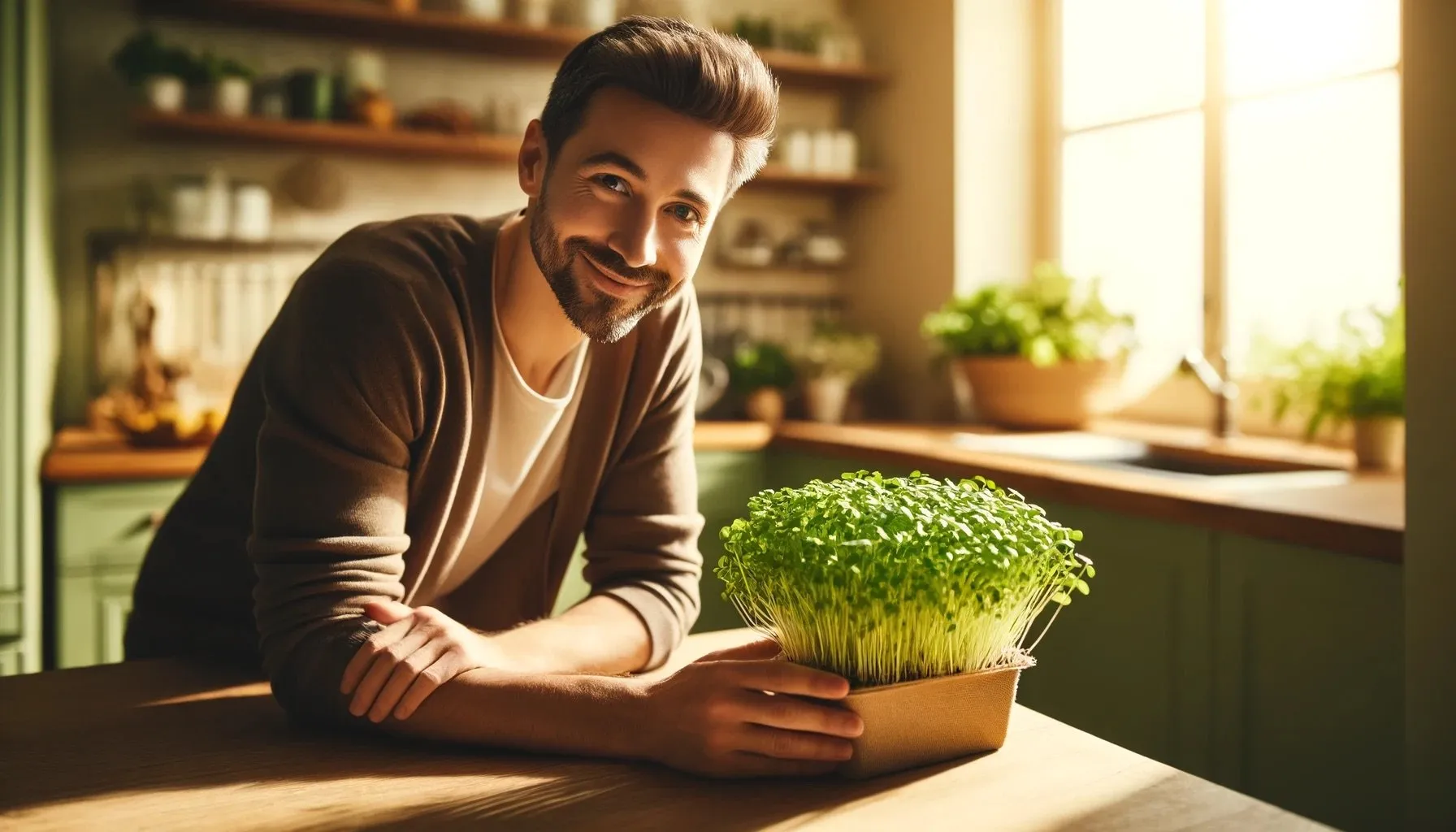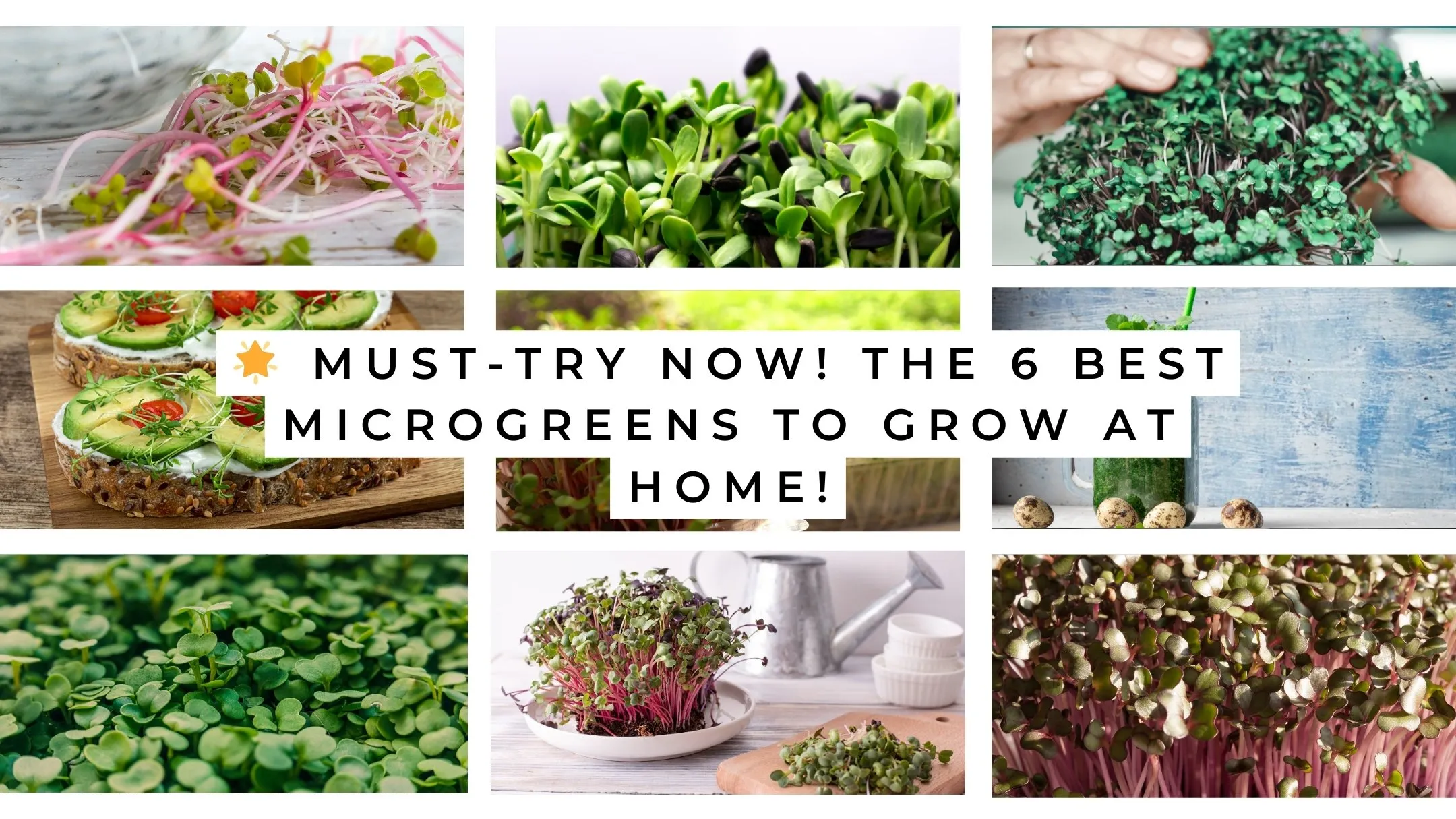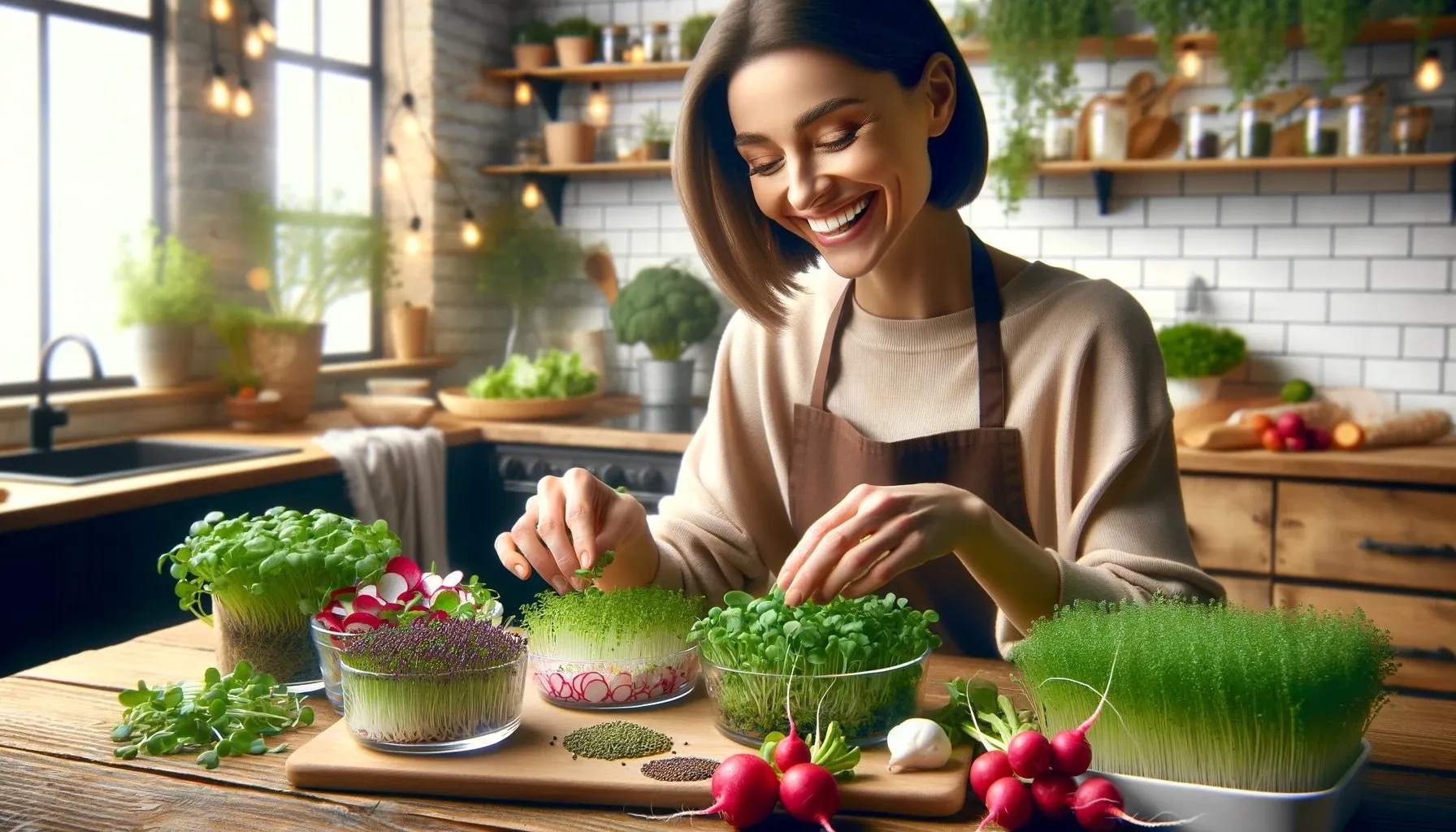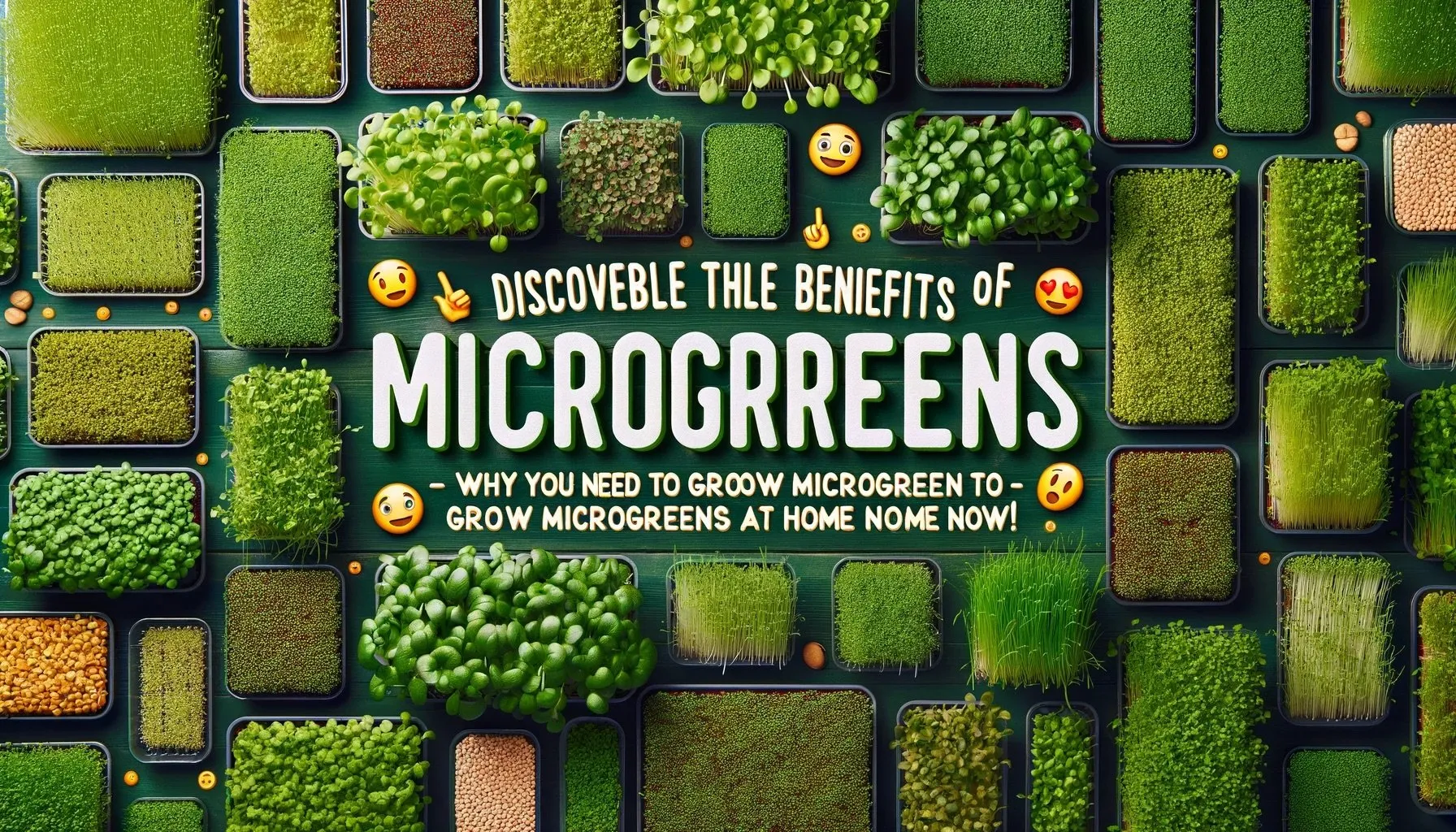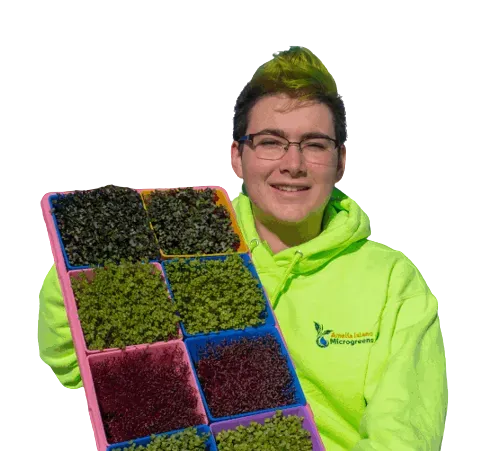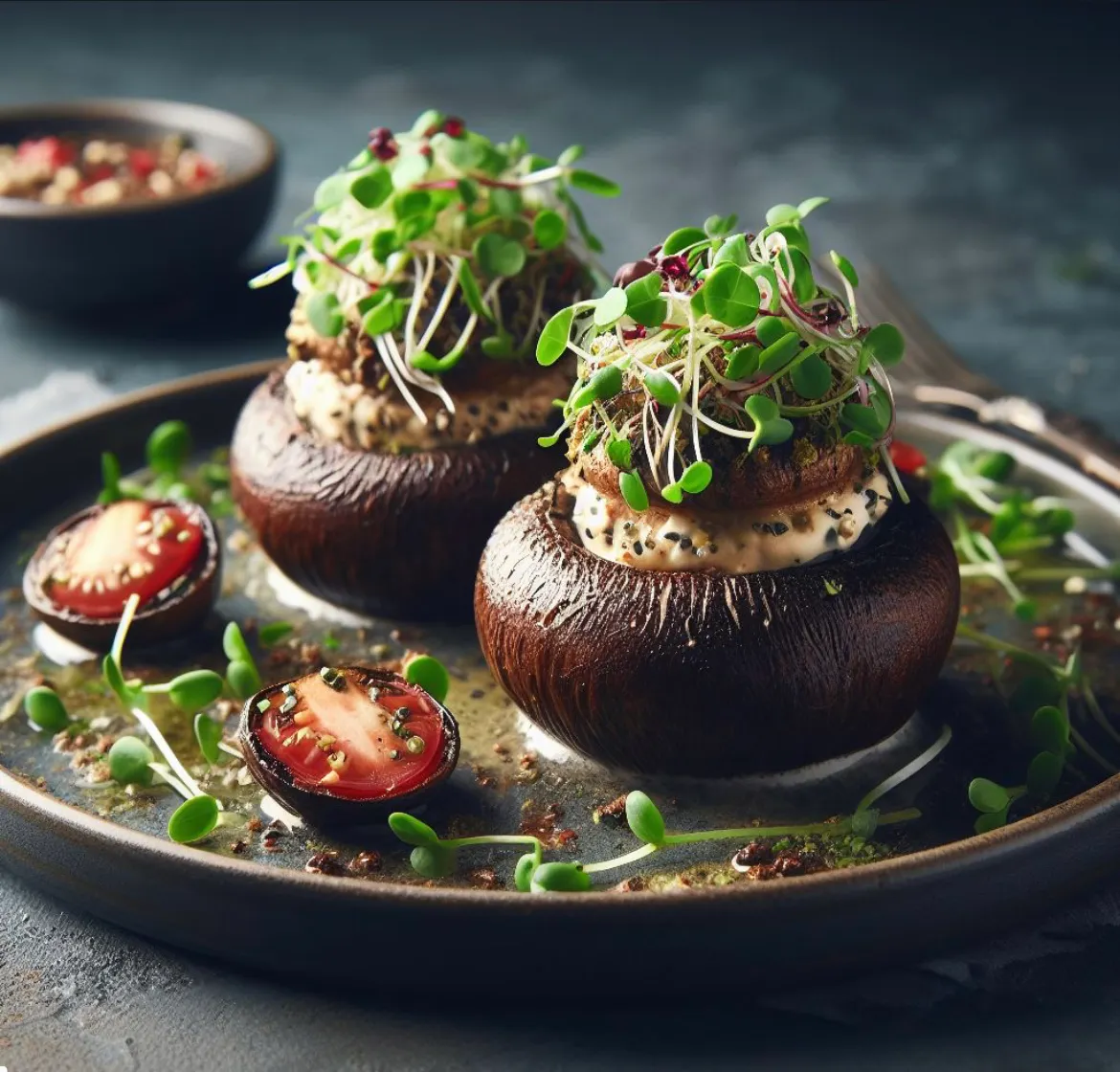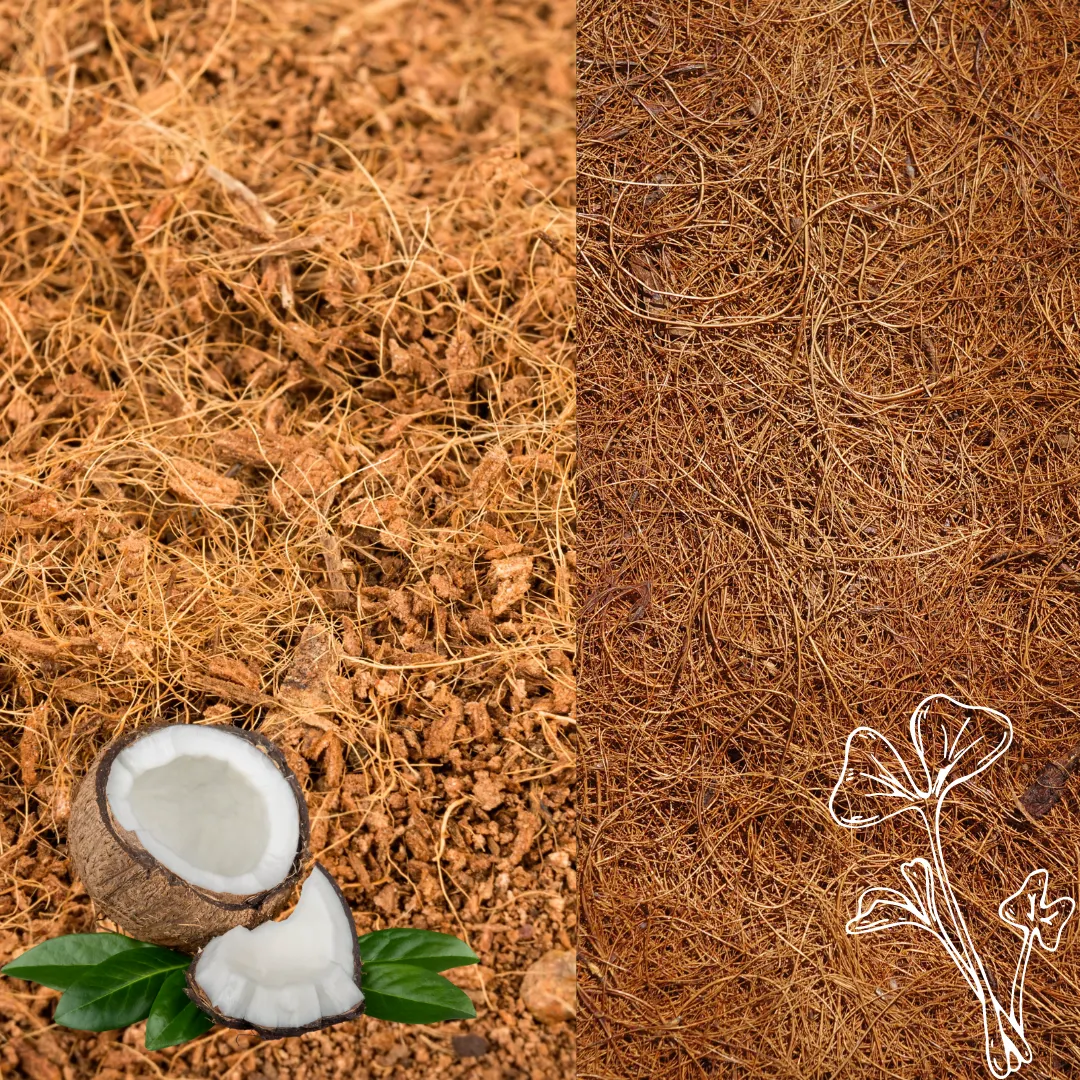Perfect Microgreens Every Time: Avoid Common Pitfalls!

Are your microgreens struggling to reach their full potential? You’re not alone! Many aspiring home growers face issues like mold, stunted growth, or a lack of flavor, but there’s no need to give up just yet. Growing microgreens should be fun and rewarding—and when done right, it can bring fresh, nutritious produce into your home.
Hi, I’m Connor Hiebel, also known as the Phytonutrient King and the founder of Amelia Island Microgreens. For over four years, I’ve been helping people grow their own healthy, nutrient-packed microgreens. My mission is simple: to help you grow microgreens successfully while enjoying every step of the process. Trust me, if you follow these crucial steps, you’ll soon be growing vibrant microgreens that not only look great but taste amazing too.
Today, I’m here to guide you through the top tips for growing microgreens successfully. Keep reading because we’ll also reveal a little-known trick most growers overlook—this could be the key to saving your entire crop!
Before diving into these helpful tips, be sure to watch the embedded video where I go in-depth with even more valuable insights on mastering microgreen growth. Stick around until the end for a game-changing secret you won’t want to miss!
1. Patience Is Key
The first thing you’ll need is patience. Growing microgreens can be a bit of trial and error, and that’s completely normal. Just like Thomas Edison didn’t perfect the lightbulb in one try, you may need a few attempts to get your microgreens just right. But here’s the good news: once you find your rhythm, it becomes a rewarding process that yields fresh greens regularly.
At Amelia Island Microgreens, we’re so confident in your success that we provide direct customer support with every kit. Check your box for our phone number and email address, or visit our website if you need help. Don’t hesitate to reach out, whether you’re facing a challenge or celebrating a win—we’re here to help every step of the way!
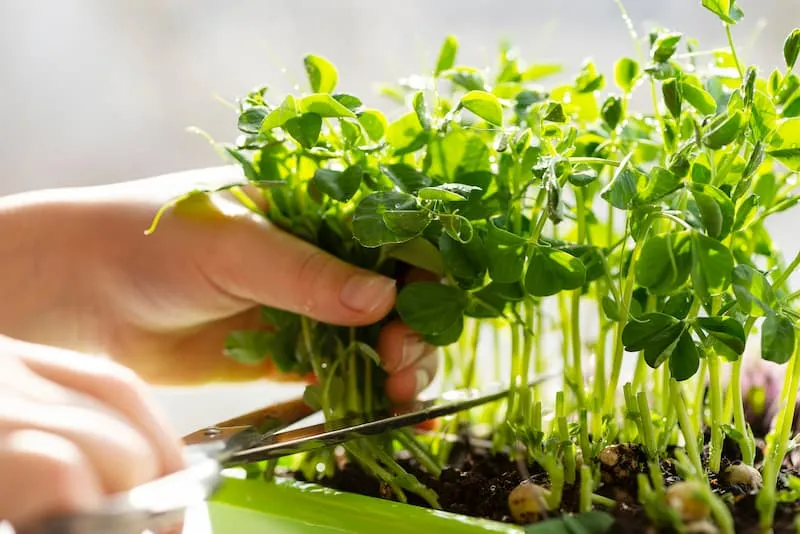
2. The Right Tools Matter
The next critical factor is using the right tools. Make sure to soak your seeds if needed and use a blackout dome if your variety requires it. If you’ve encountered mold, consider using cinnamon or food-grade hydrogen peroxide, and always ensure good ventilation and a cool environment (ideally between 65 to 72 degrees).
Want to make microgreen growing easier? Consider a complete microgreen kit, which includes everything pre-measured so you can skip the guesswork and get started right away. It’s perfect for beginners who want to grow with ease and confidence.
If you’re ready to level up your microgreen growing skills, don’t miss our free 10-part series! Whether you’re a beginner or just looking to improve, this series will take you through everything you need to know to grow like a pro.
Get it here: Ameliaislandmicrogreens.com/101 and start your journey from novice to master microgreen grower today.
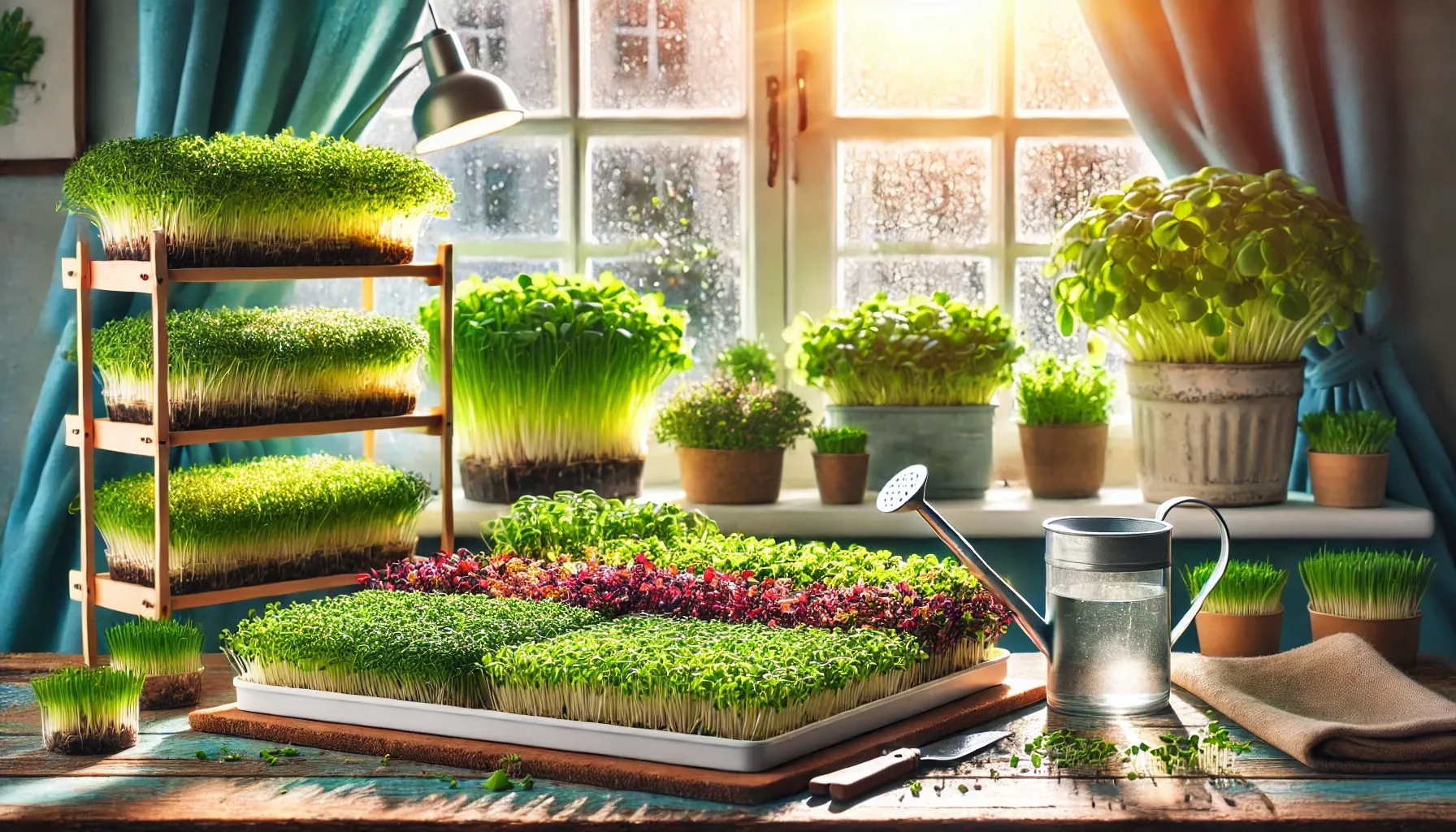
3. Light is Crucial
When it comes to growing microgreens, light is another critical element. Most varieties thrive near a sunny window, but be careful with newer, UV-blocking windows that may interfere with their growth. If this is an issue, try placing your microgreens outdoors for 15-20 minutes of sunlight daily. Just don’t leave them outside for too long—direct sun can damage them, and humidity can lead to mold.
4. Seed Distribution and Water pH
Spreading your seeds evenly across the tray is essential for avoiding mold. Too many seeds in one area can trap humidity, creating a perfect environment for mold to thrive. Aim for balanced distribution to ensure every microgreen gets enough air and space to grow.
Another factor that can greatly affect your success is water pH. Though optional, adjusting your water to a pH of 6.5-7 can promote optimal growth, giving your microgreens the best chance to flourish.
Now that you’ve learned the essential steps to growing microgreens successfully, you’re ready to put these tips into practice. Remember, growing microgreens is not only about having the right mindset but also the right tools and environment.
If you’ve enjoyed these insights and want to learn more, don’t forget to check out our free 10-part microgreen growing series and let us know in the comments which tip has been the most helpful to you. Have a question or need more guidance? Feel free to ask—we’re here to support you on your microgreen journey.


